The spirit of secular life and sophistication of history🏛️🏰🌳🌿
42 comments
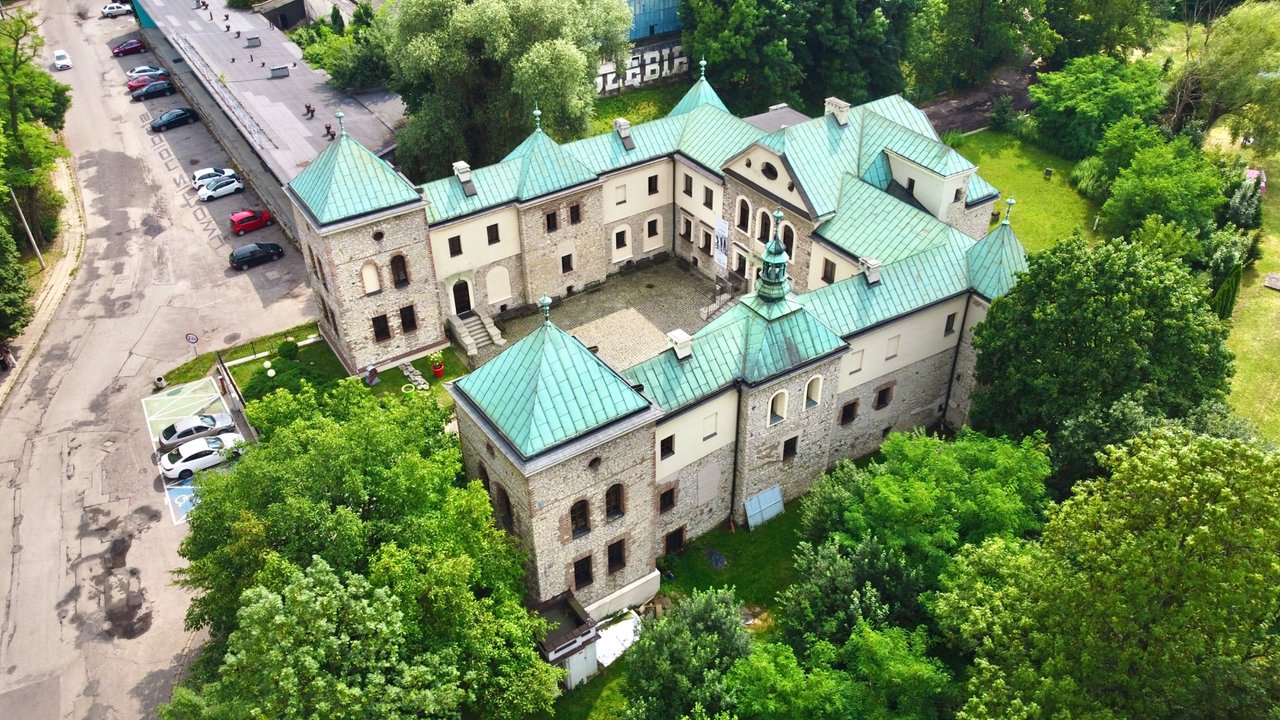
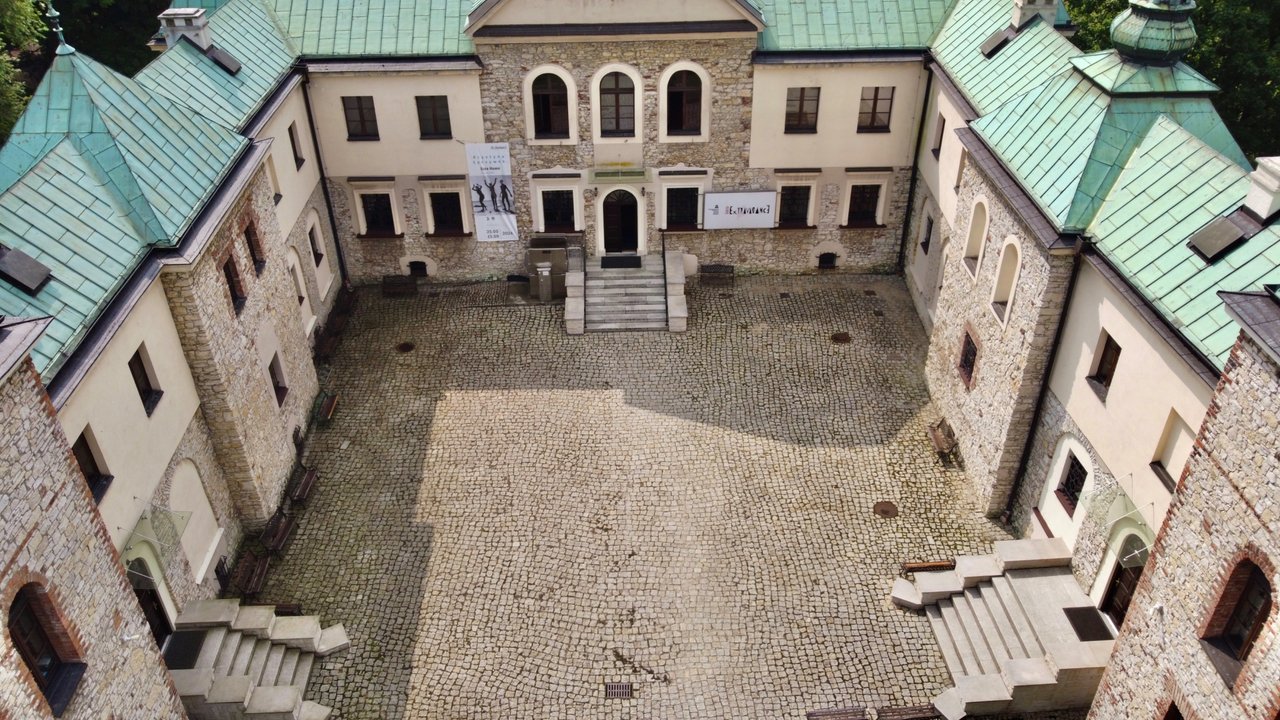
One fine day, when we finally drove abroad for the first time in our lives in our own car and ended up in Katowice before the famous meetup with our wizard and a few other beautiful hivians. We were exploring some interesting places for content and accidentally came across a very interesting palace of sorts in Sosnowiec, namely Sosnowiec Art
Center "Sielecki Castle".
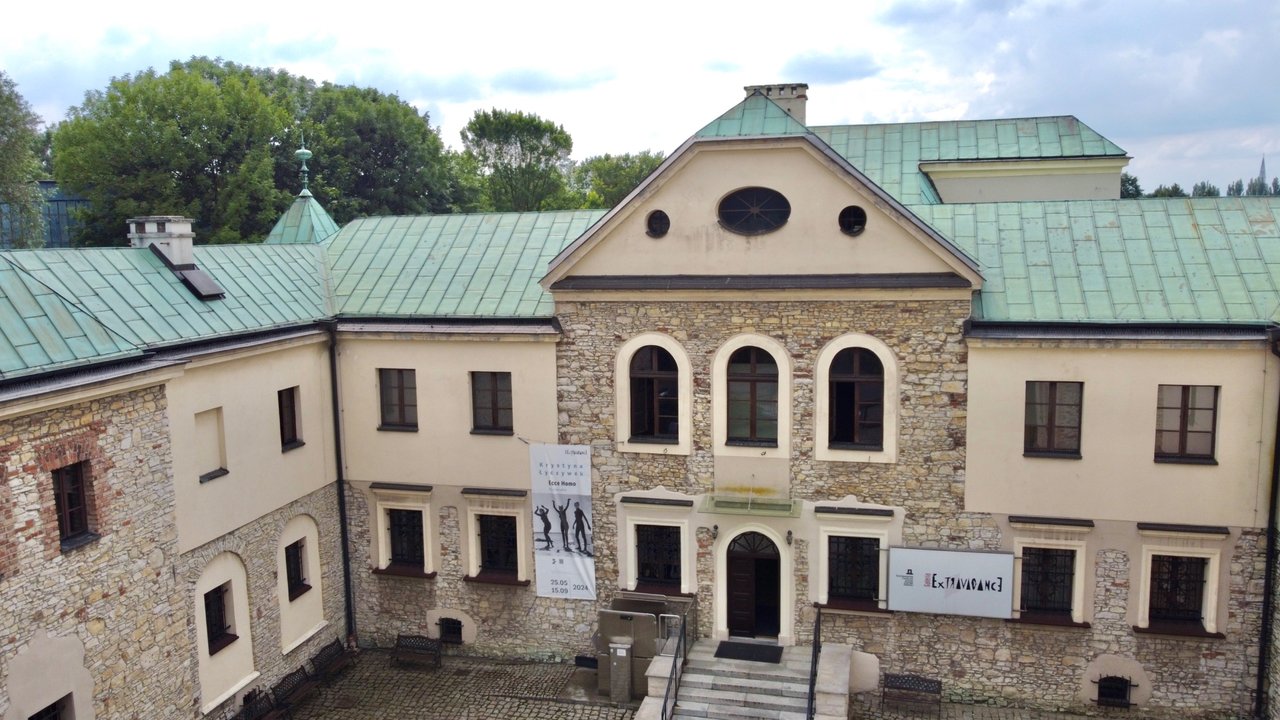
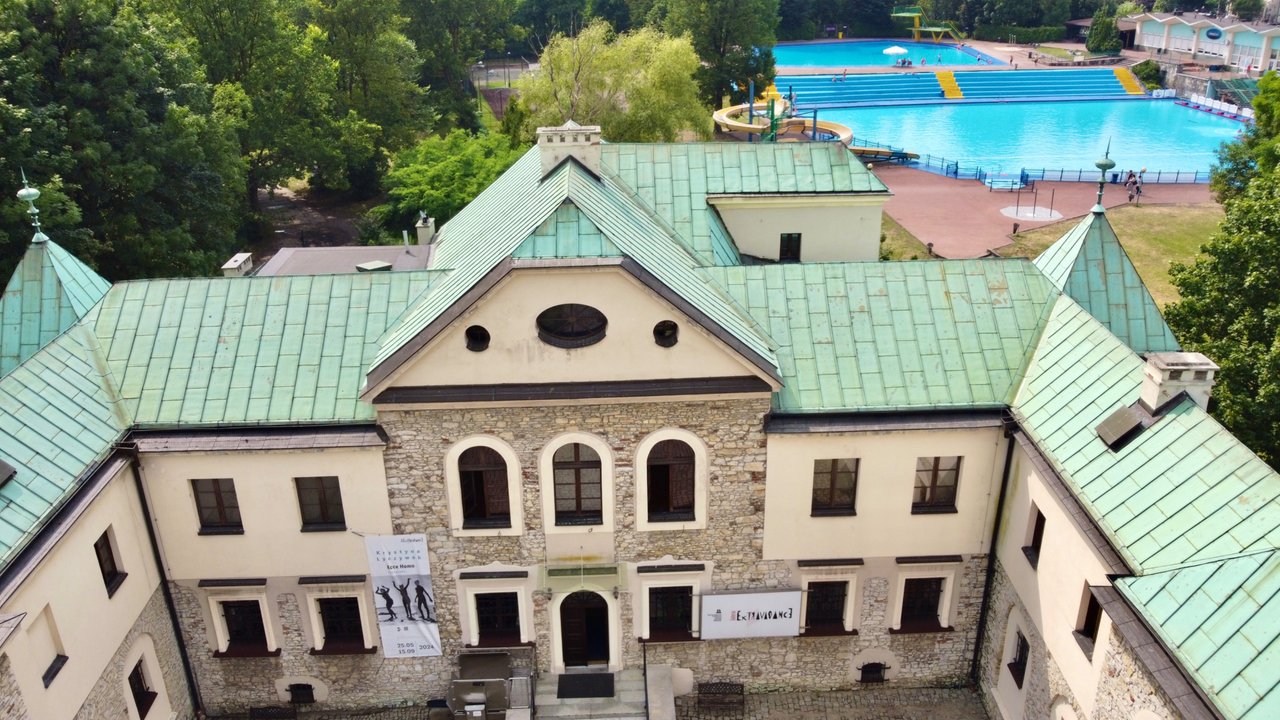
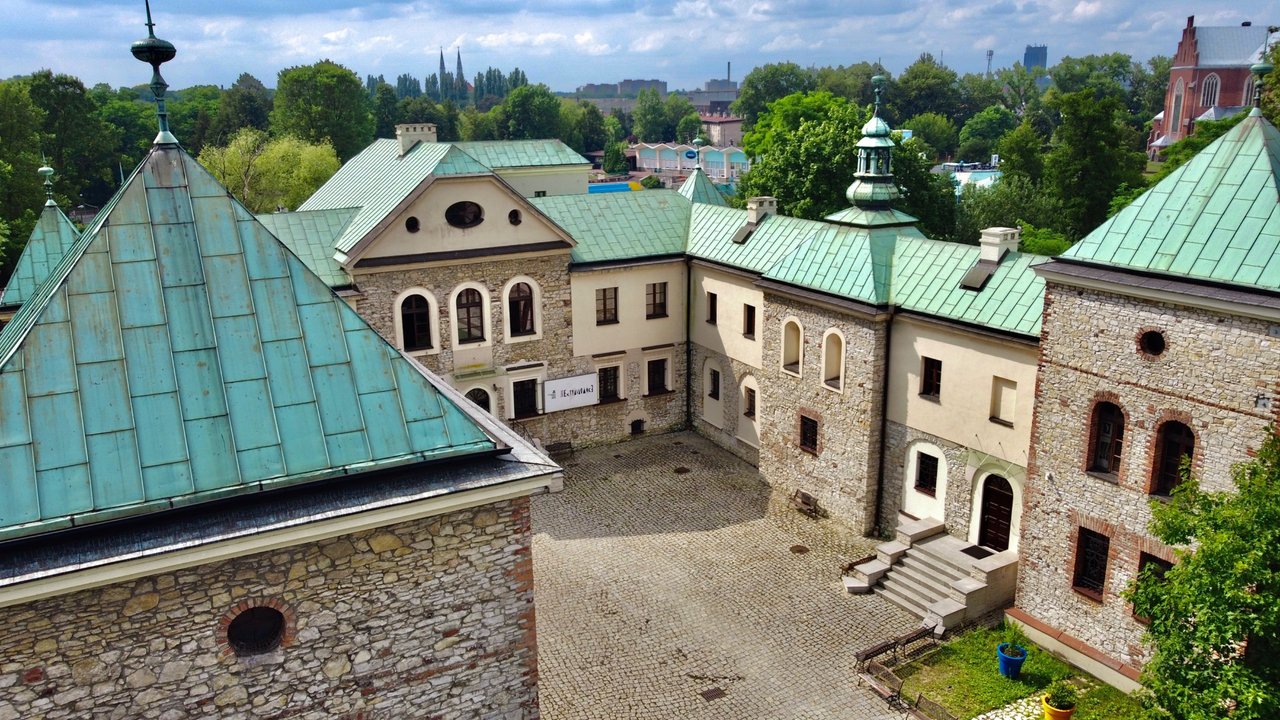
My mother @olga.maslievich really liked walking there, she felt like such a socialite in her estate. I really liked the round windows under the roof and the green roof covering. These columns looked so classic, like a place for balls and social events. How I dream of returning to those times where boys fought duels for girls, and women wore three-layered dresses. Where people communicated with each other with great respect, knew manners, tact, boundaries, intelligent words, grace, and you studied art and dances from childhood.
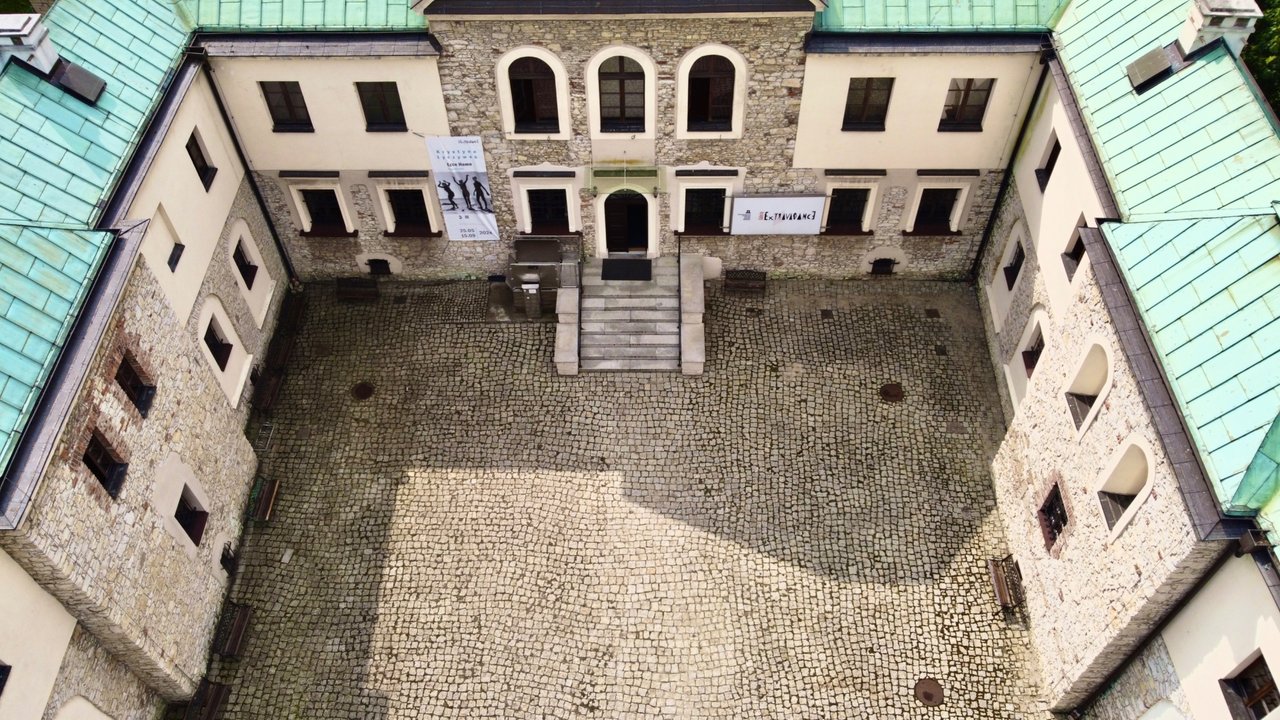
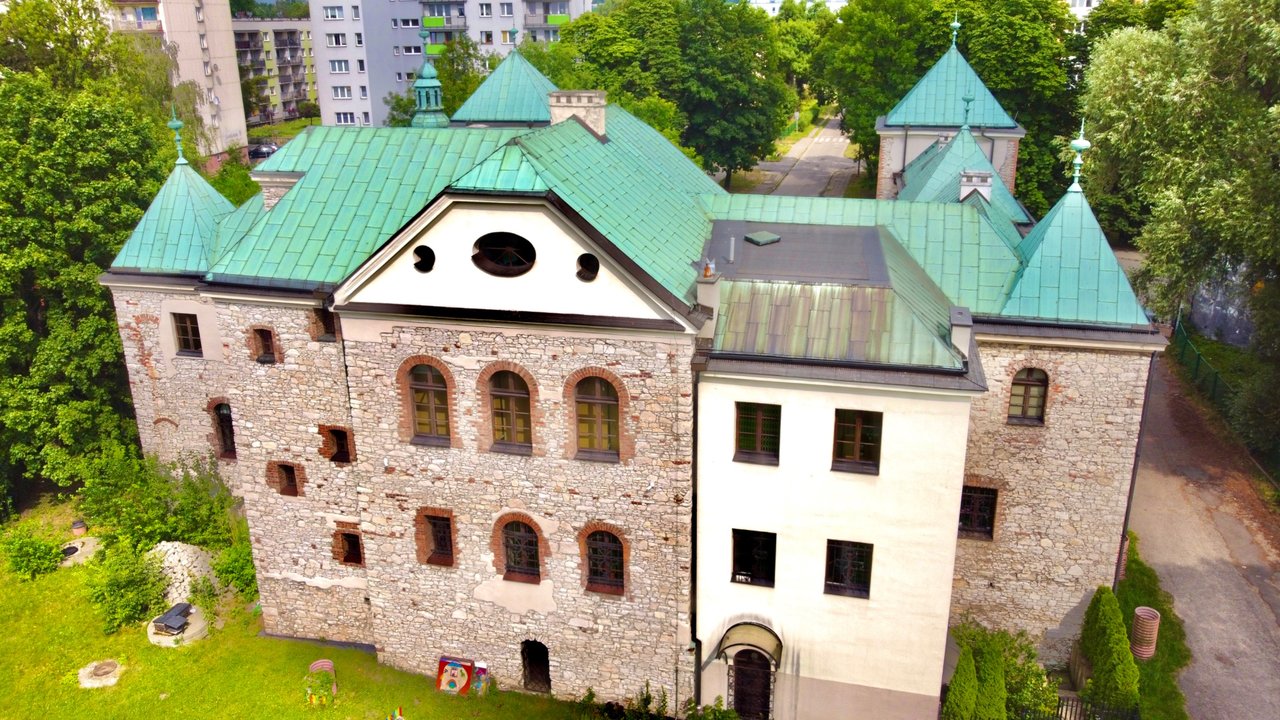
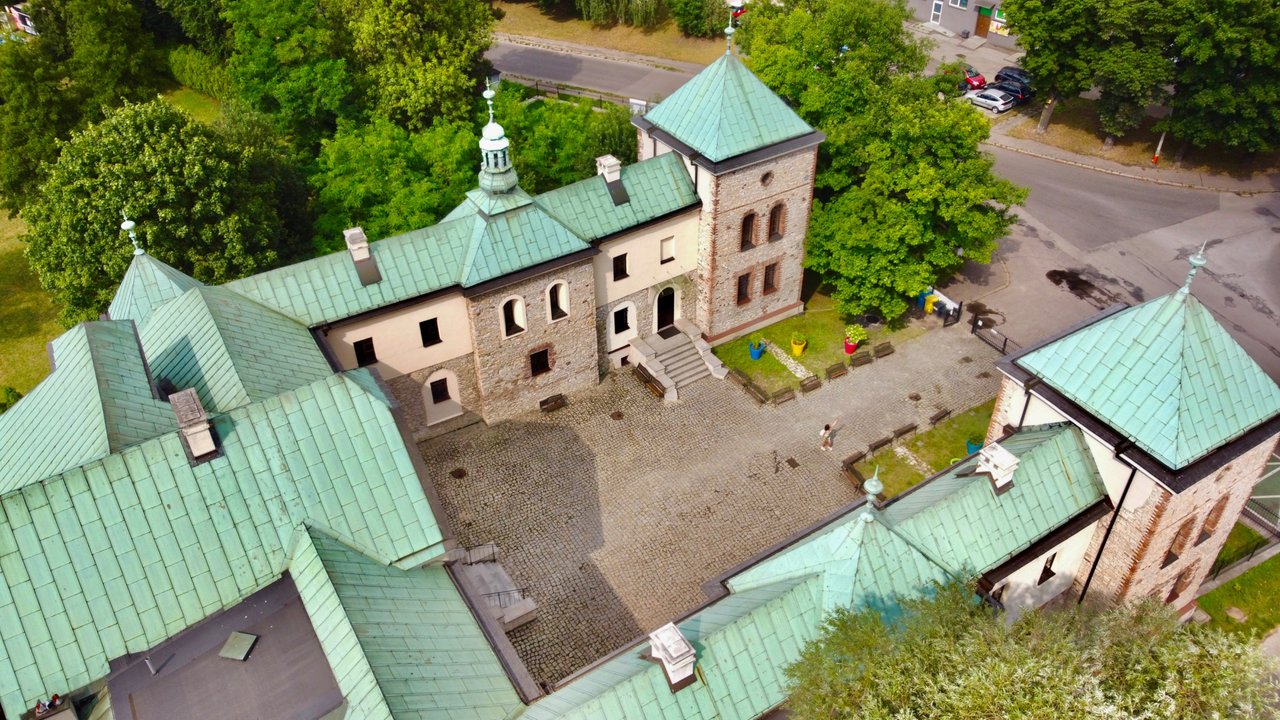
So, we did a spectacular photoshoot for this elegant palace with the Zelya drone. And I always have such curiosity inside me, what was the history of this place and what unusual events once happened here and what is this building connected with.
The town of Sielec, now part of Sosnowiec in the Silesian region, has deep roots. The first mention of Sielec dates back to 1361, when Abraham of Goszyce sold the town to Otto of Pilcz, voivode of Sandomierz.
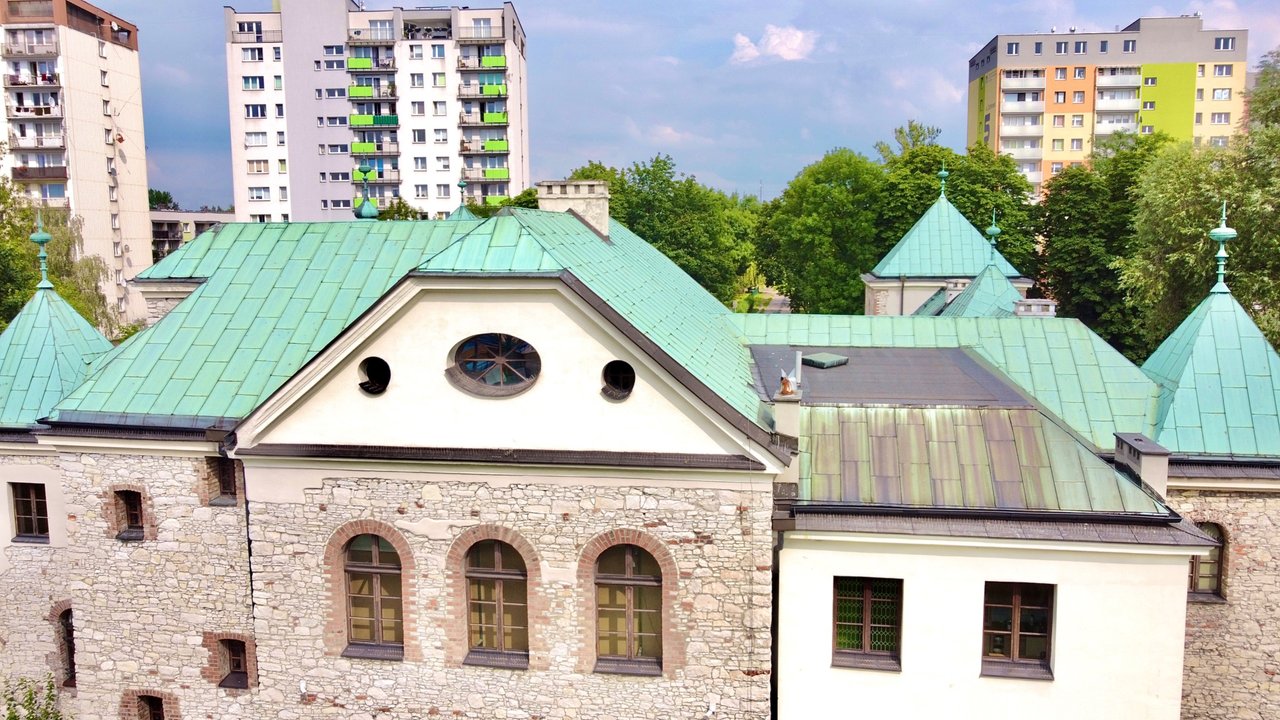
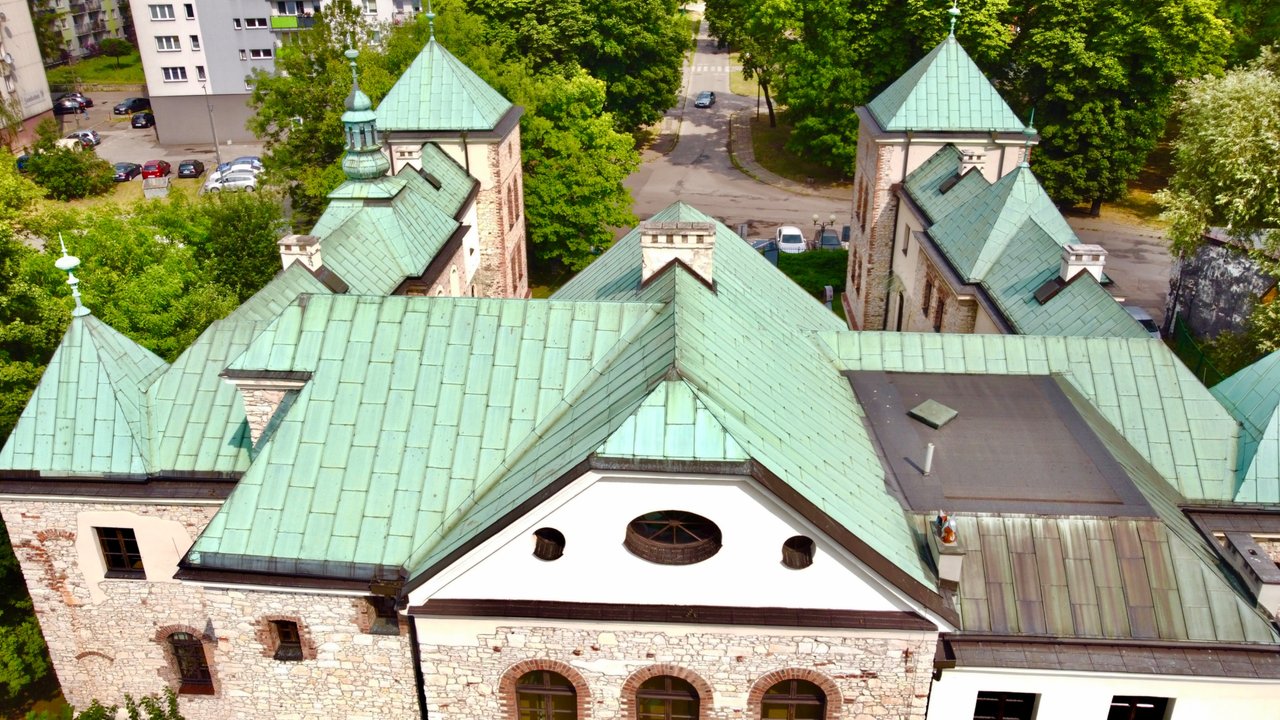
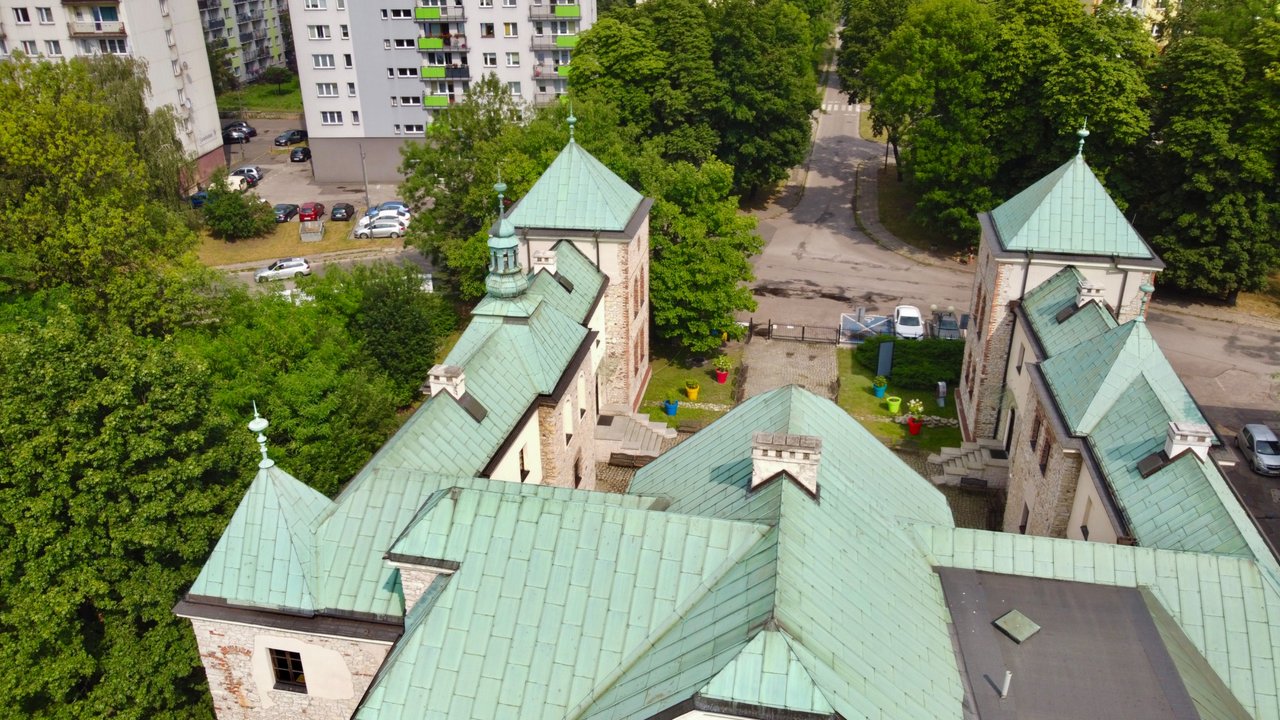

Around 1430, records indicate the existence of a "fortalicium" - an early defensive structure - probably belonging to Peter of Sielec. This structure, possibly consisting of a single building surrounded by marshes, testifies to early construction on this strategic cape. At the beginning of the 17th century, the lands of Sielec were acquired by the Modrzewskis, and then by the Lessers of Przybysławice.
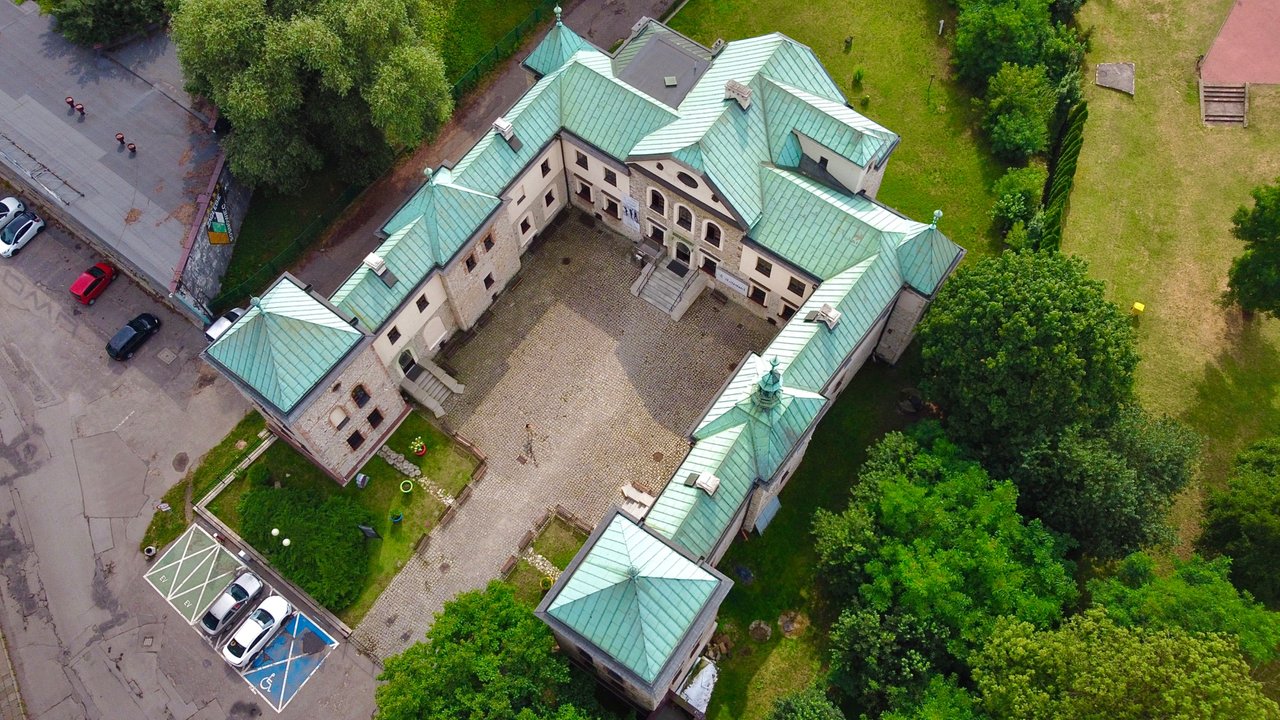
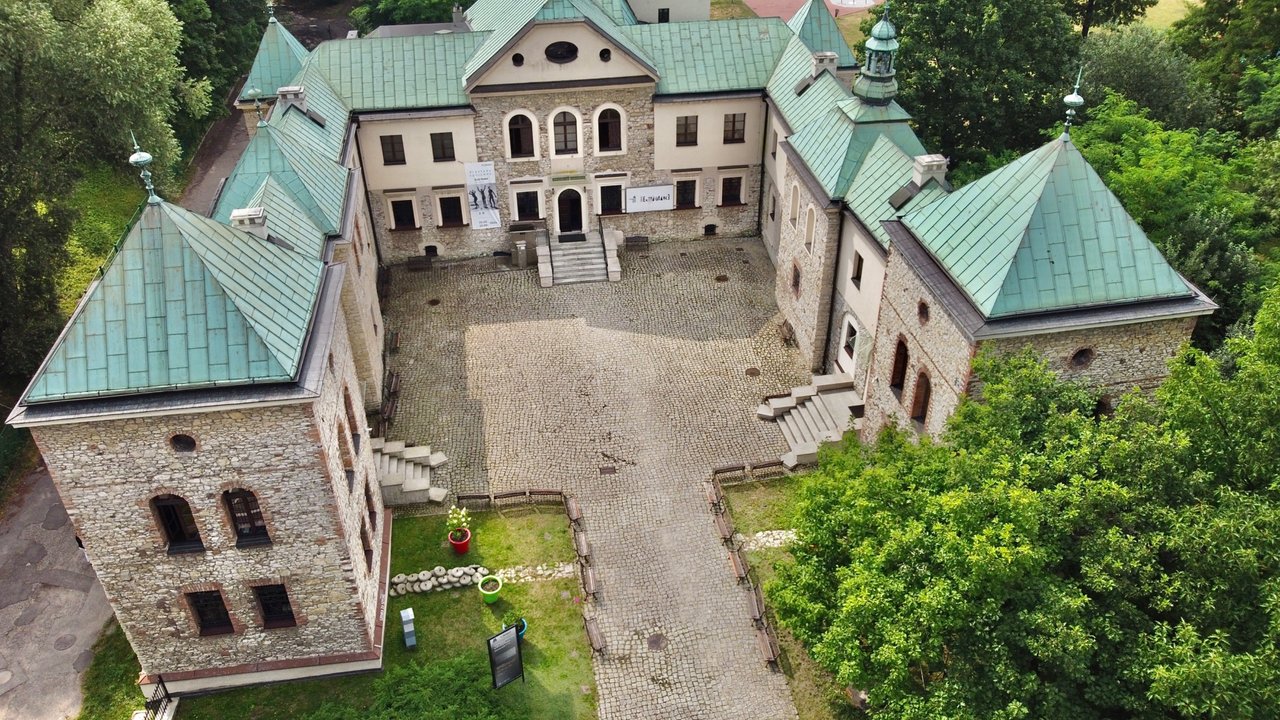
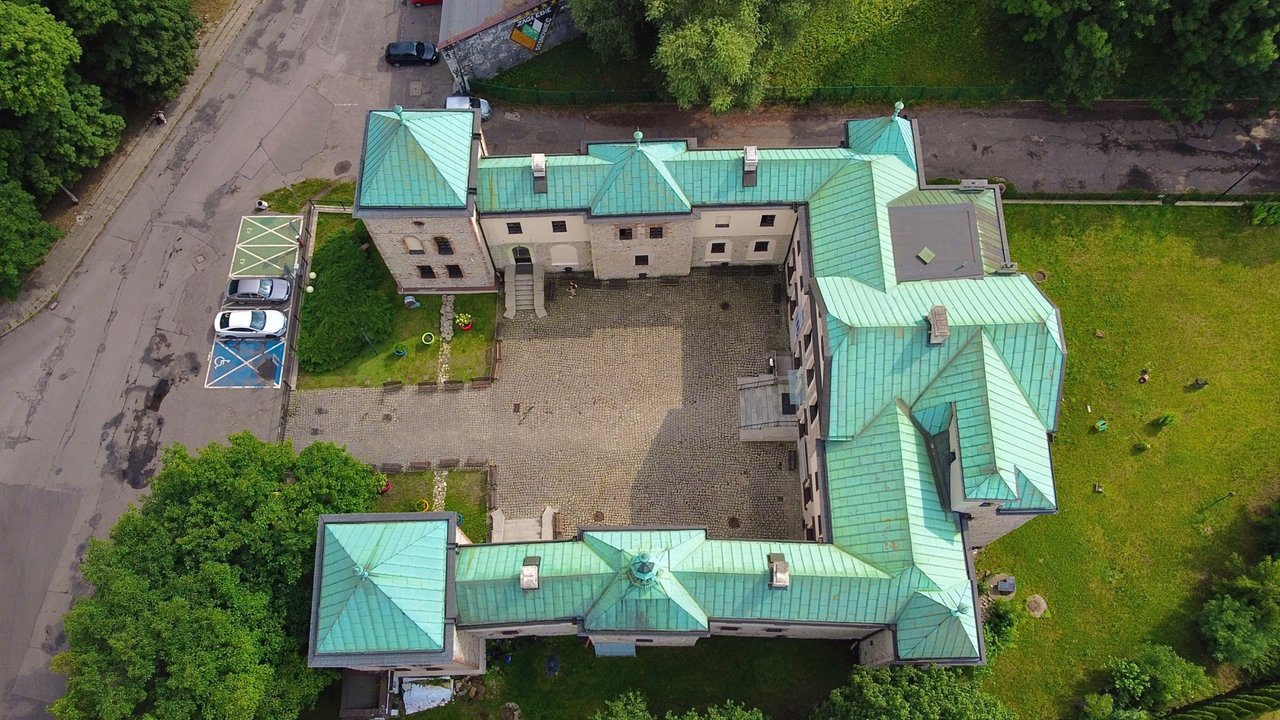
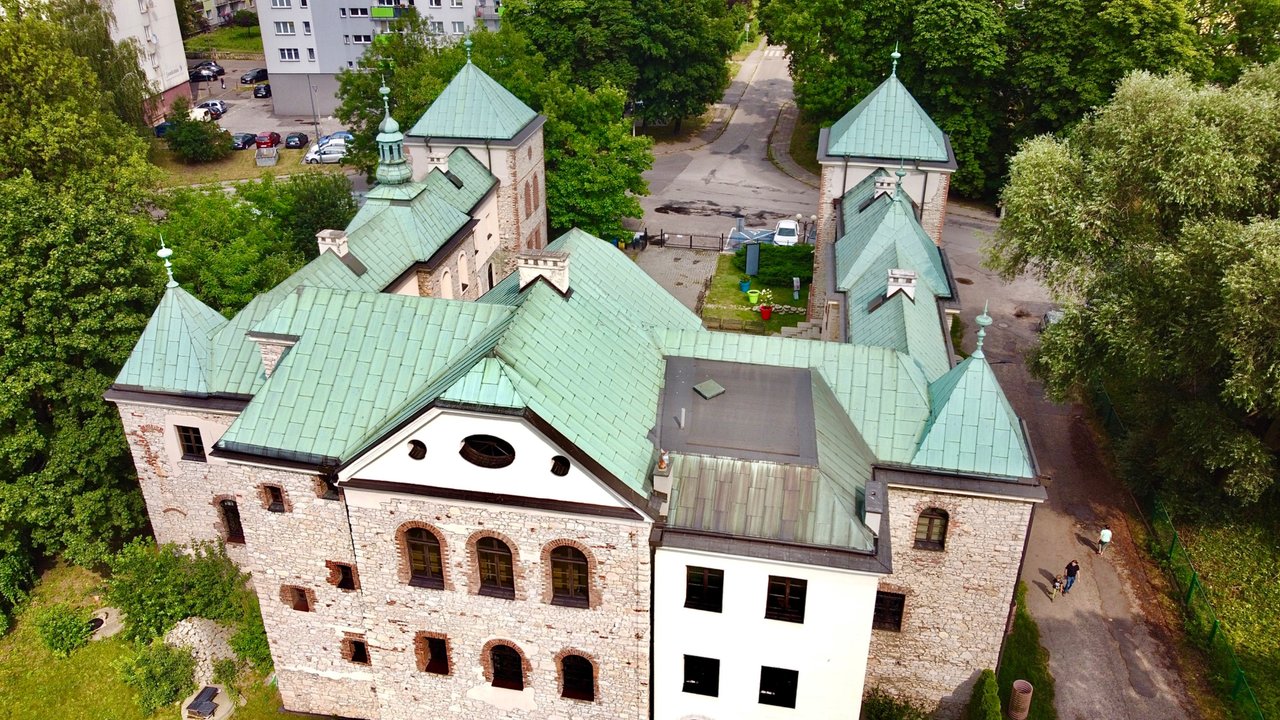
In 1620, Sebastian the Lesser built a Renaissance castle, quadrangular in plan, with four wings and stone towers at the corners, around an inner courtyard. The memorial plaque in the chapel contains the date 1620 and the coat of arms of the Minorites. Inventories from 1665 and 1719 describe the building as having important defensive and residential functions. Surce
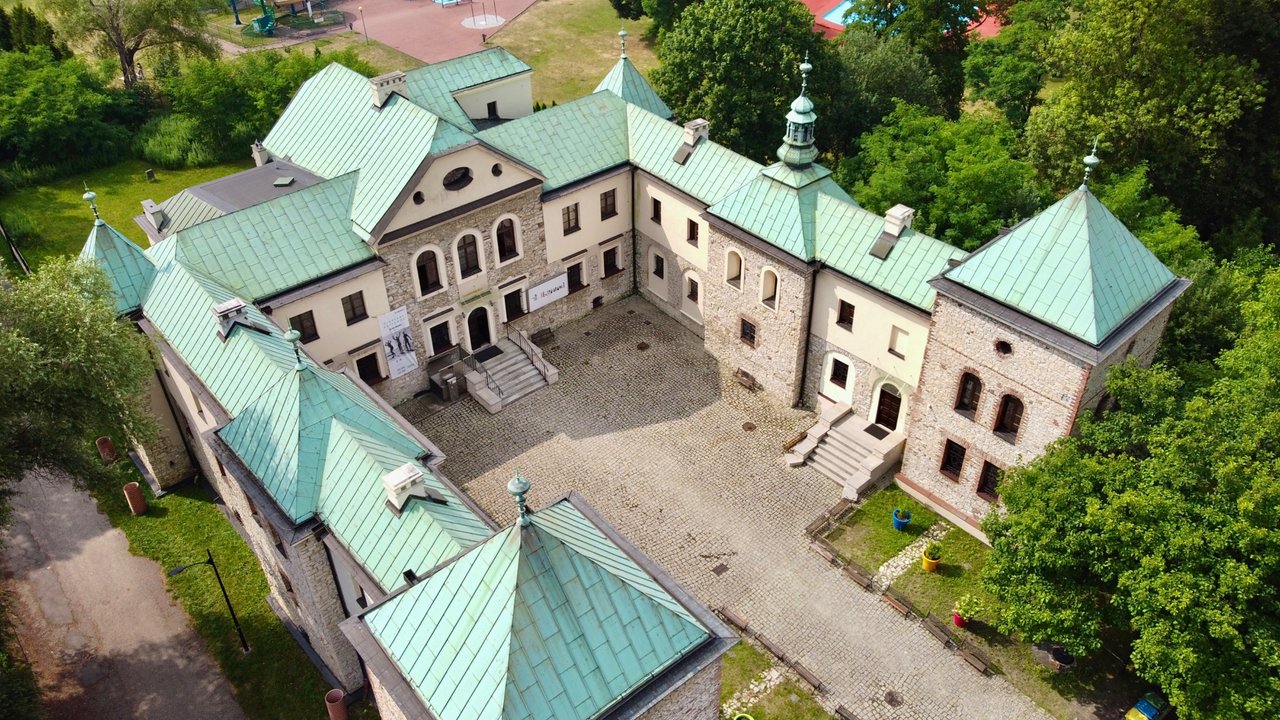
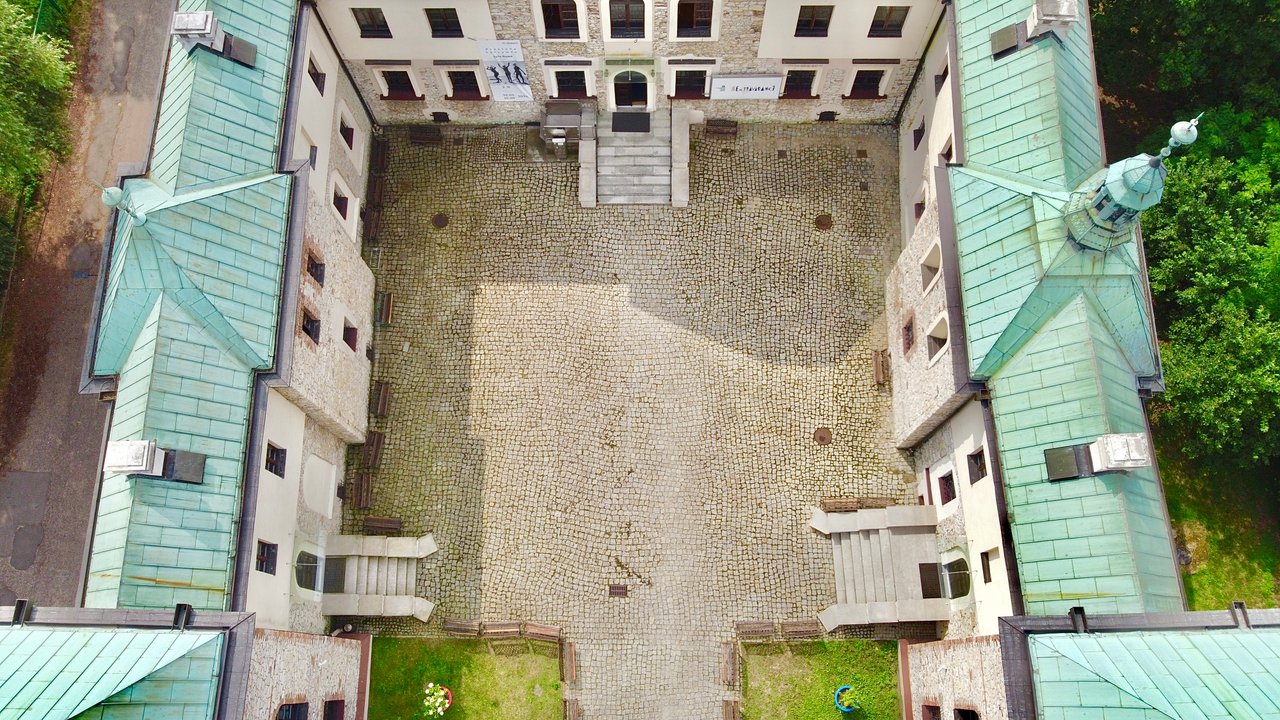

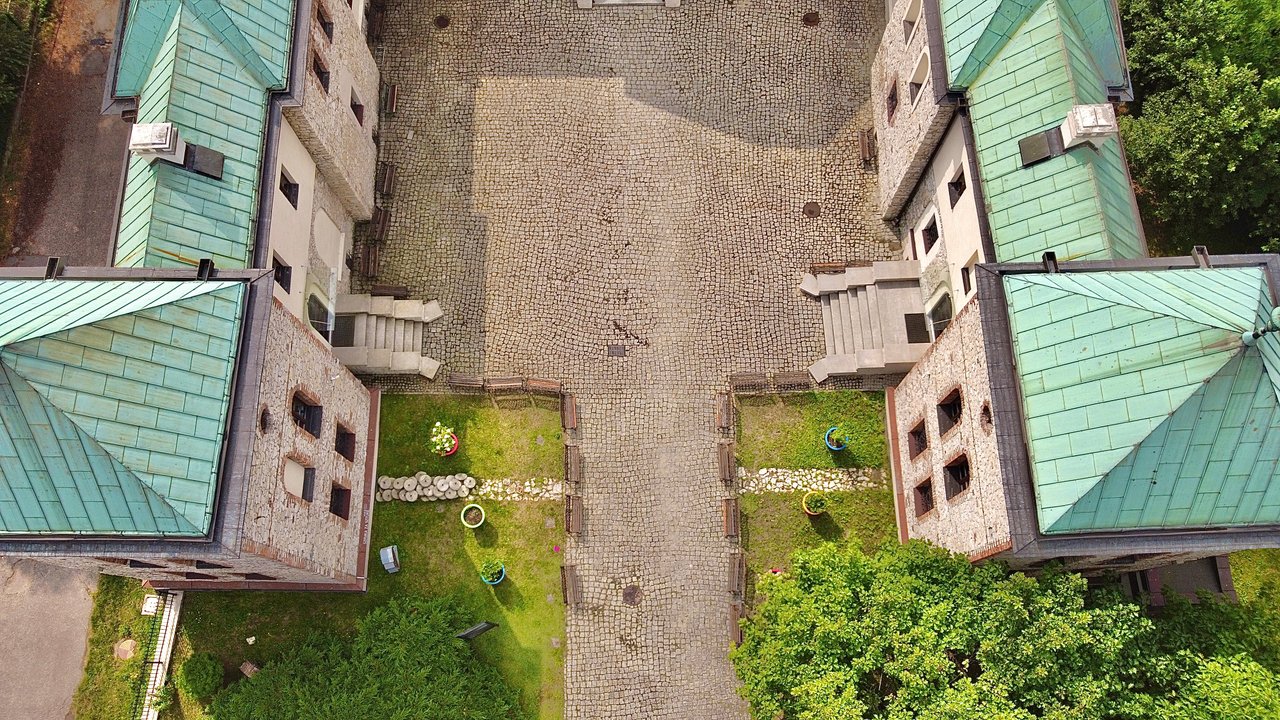
Around 1802, the castle changed hands, first to Michał Żułinski, who served Stanisław August Poniatowski, and then to Jordan Stojewski. In 1814, it was purchased by the Prussian prince Ludwig of Anhalt-Köthen, who carried out significant reconstructions. During his reign, the castle was enriched with gardens, and its gates opened to a new era, more representative than defensive.
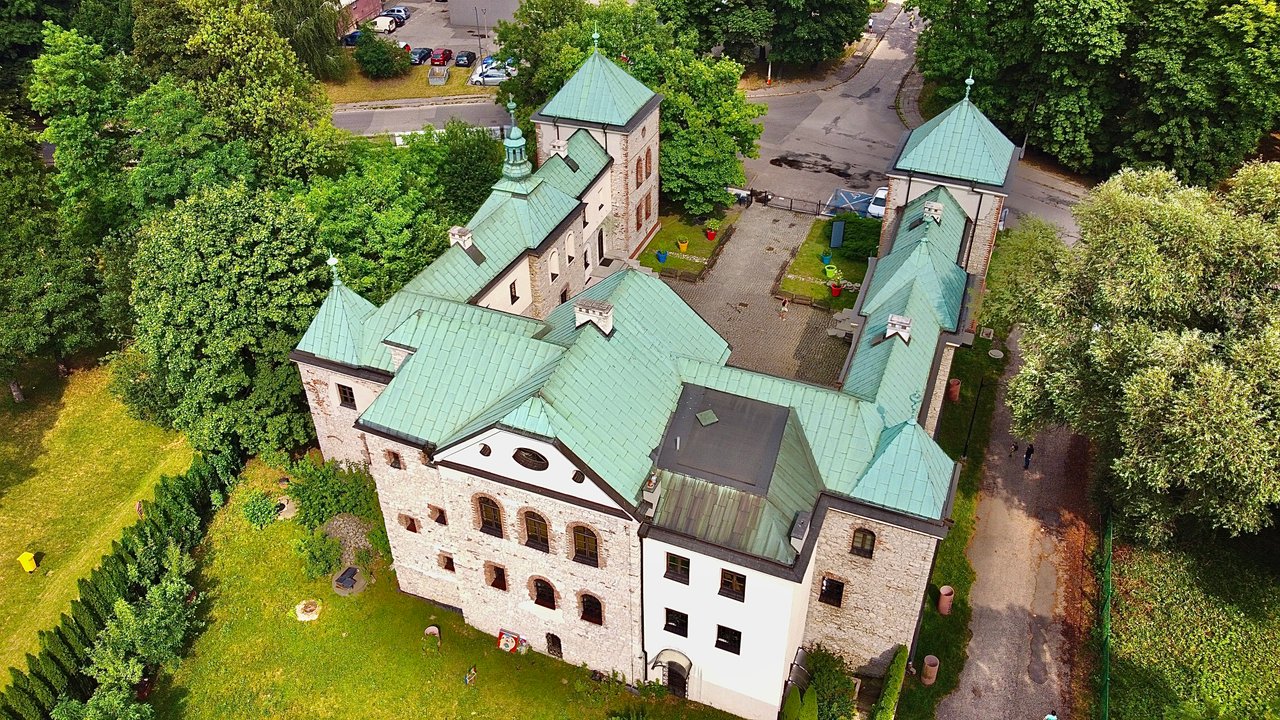
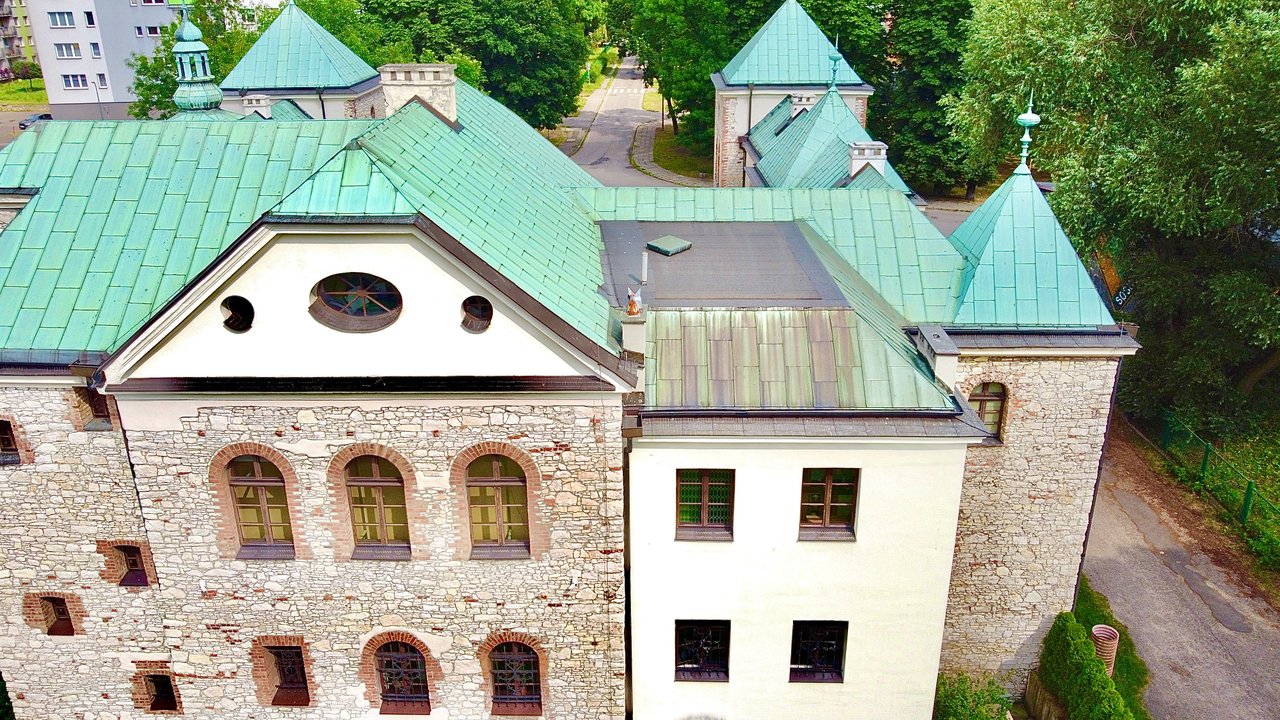
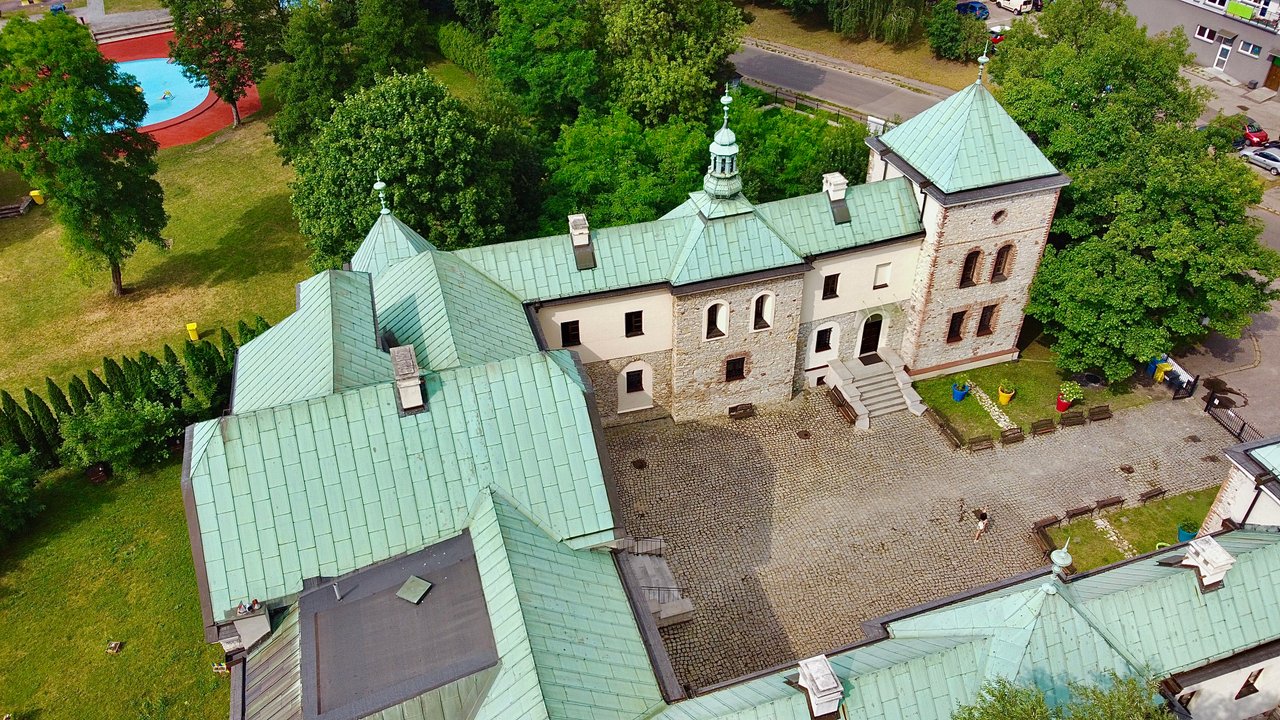
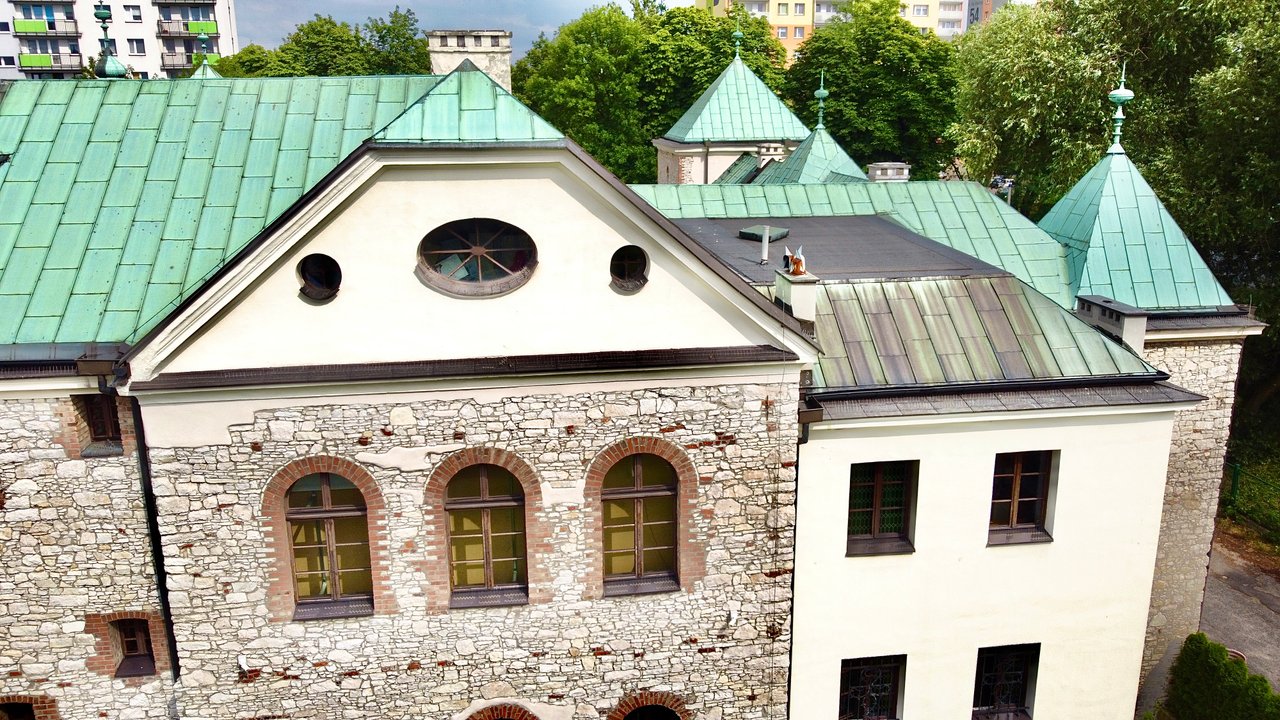
A dramatic fire in 1824 destroyed a significant part of the building. The reconstruction, led by the architect Józef Heinzl and completed in 1832, radically changed the castle: the north-eastern tower was demolished, the moats were filled in, and the defensive architecture was abandoned in favor of a more residential style.
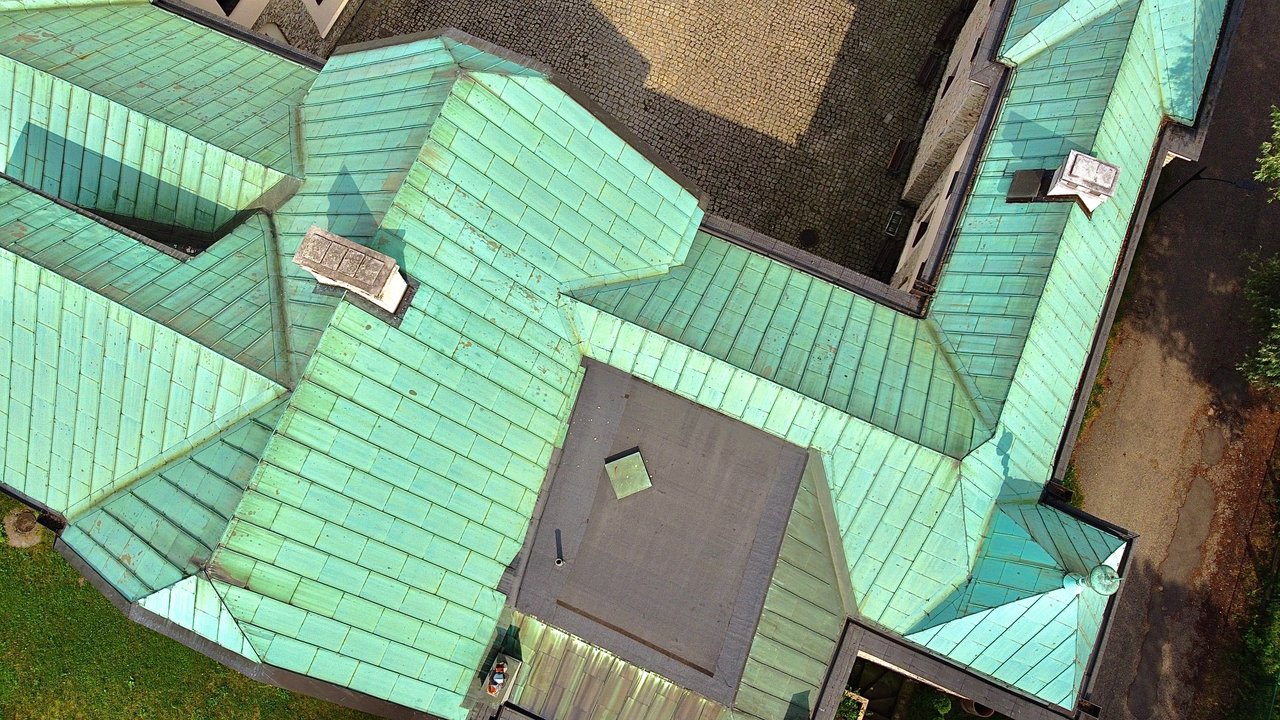
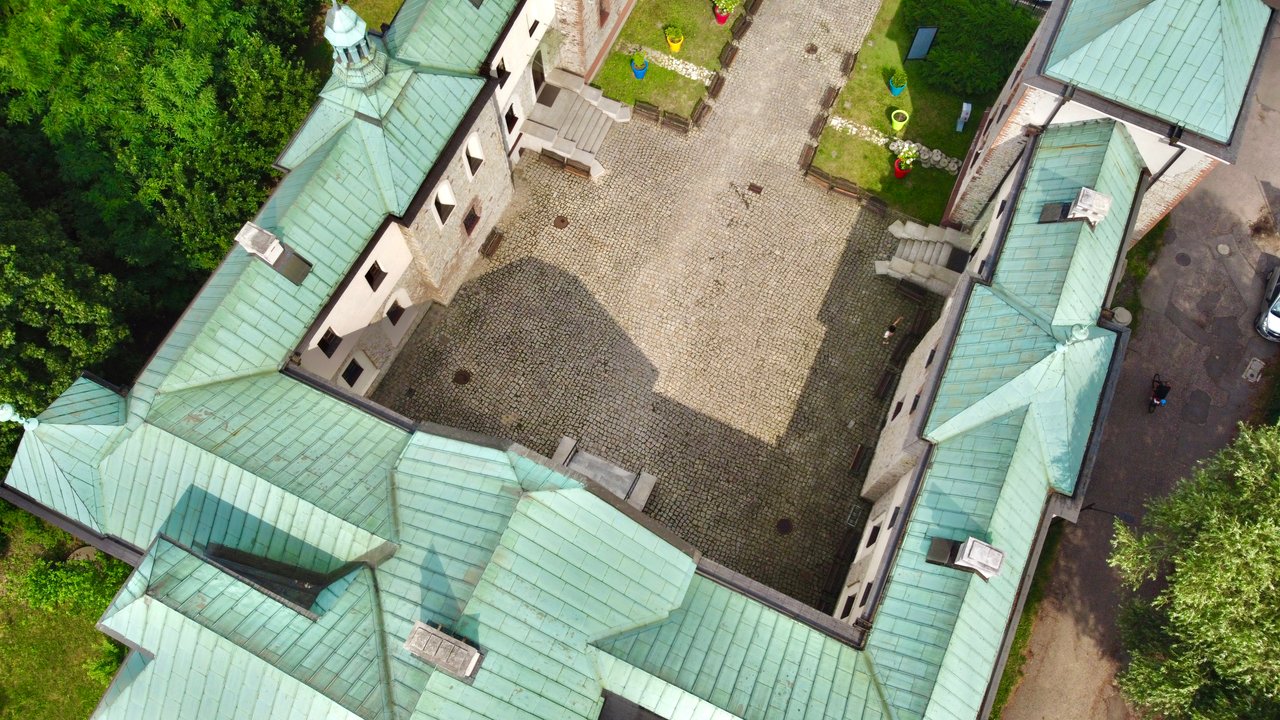
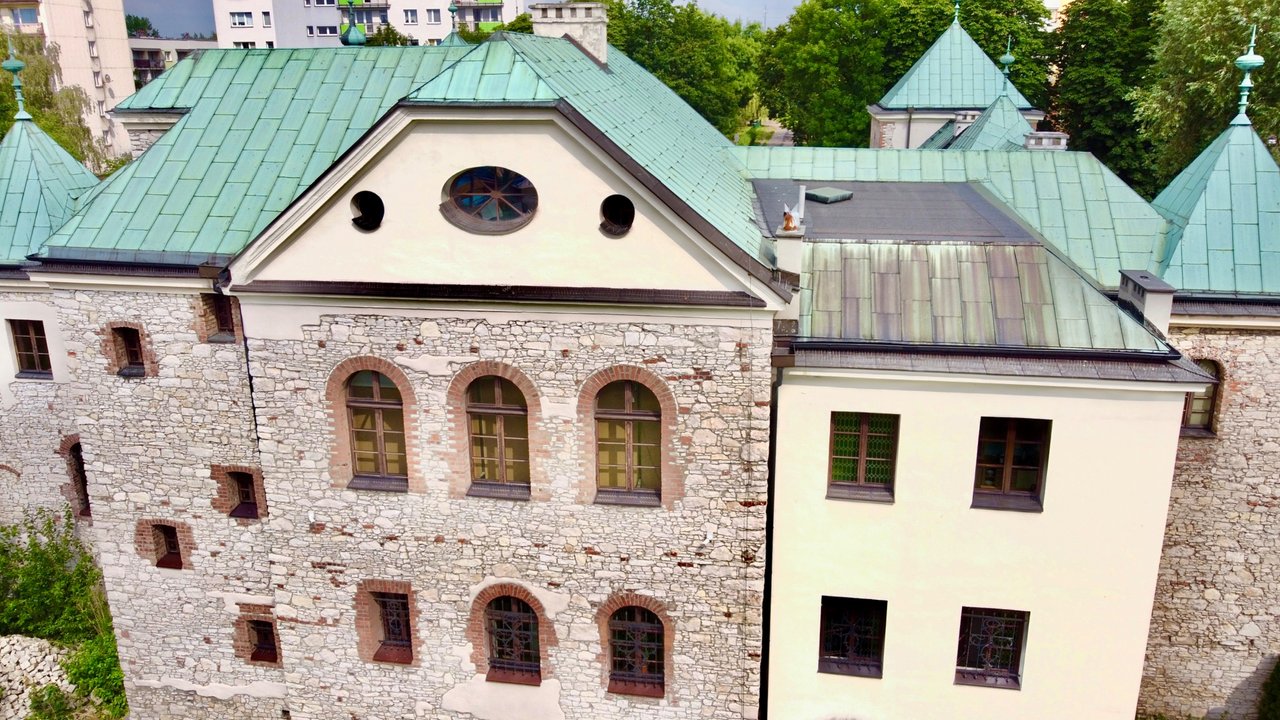
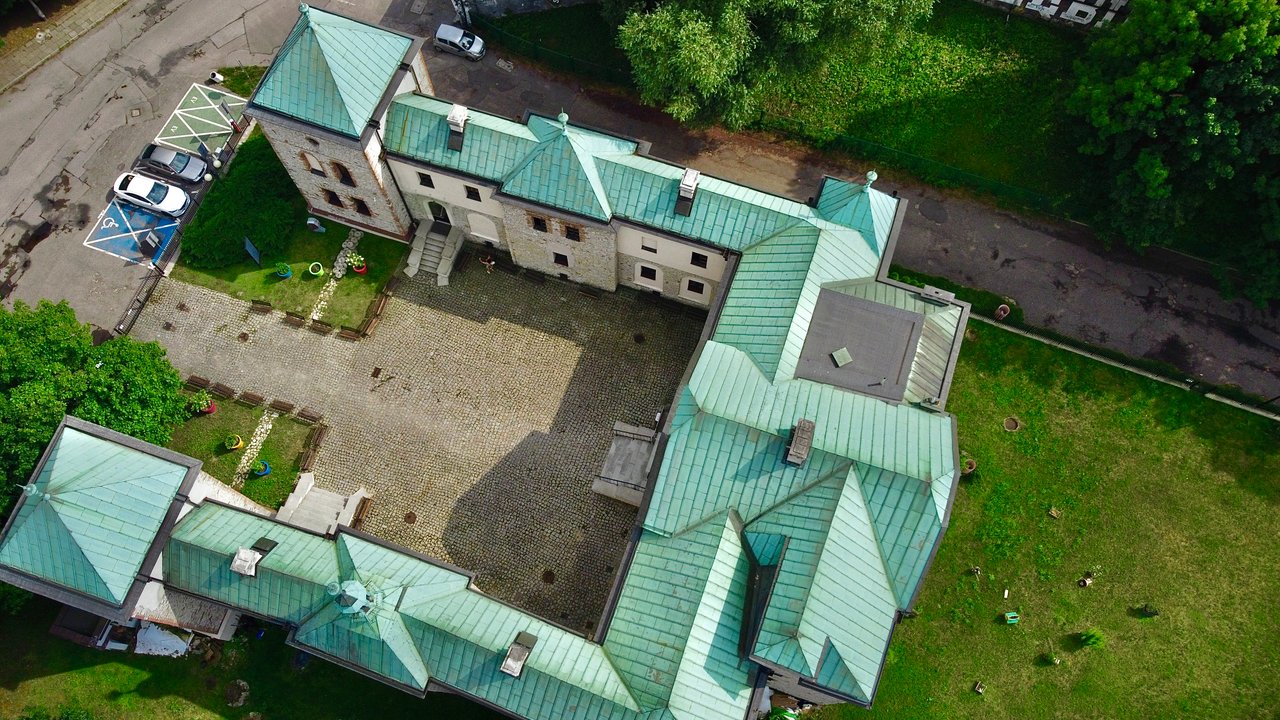
The bas-reliefs were leveled and the height of some towers was reduced for a more harmonious effect. In 1856, Count Andrzej Renard purchased the castle to pass it on to his son Jan, the Prussian consul in Vienna.
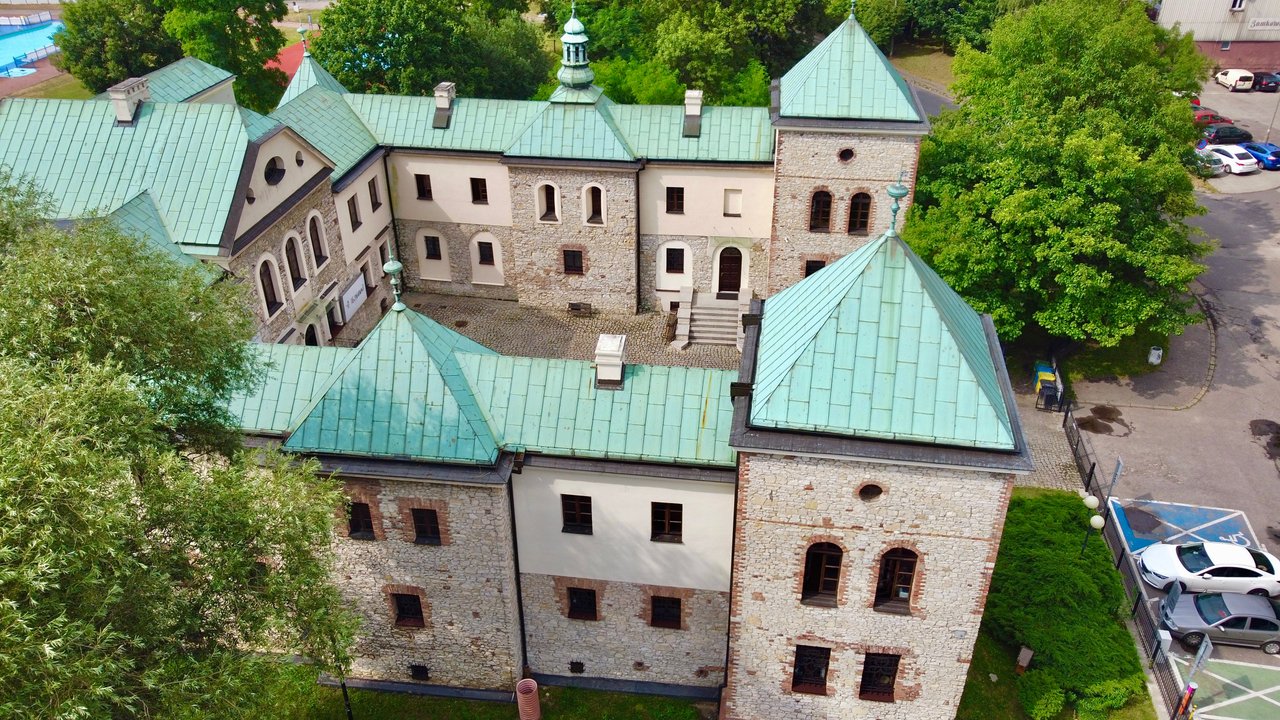
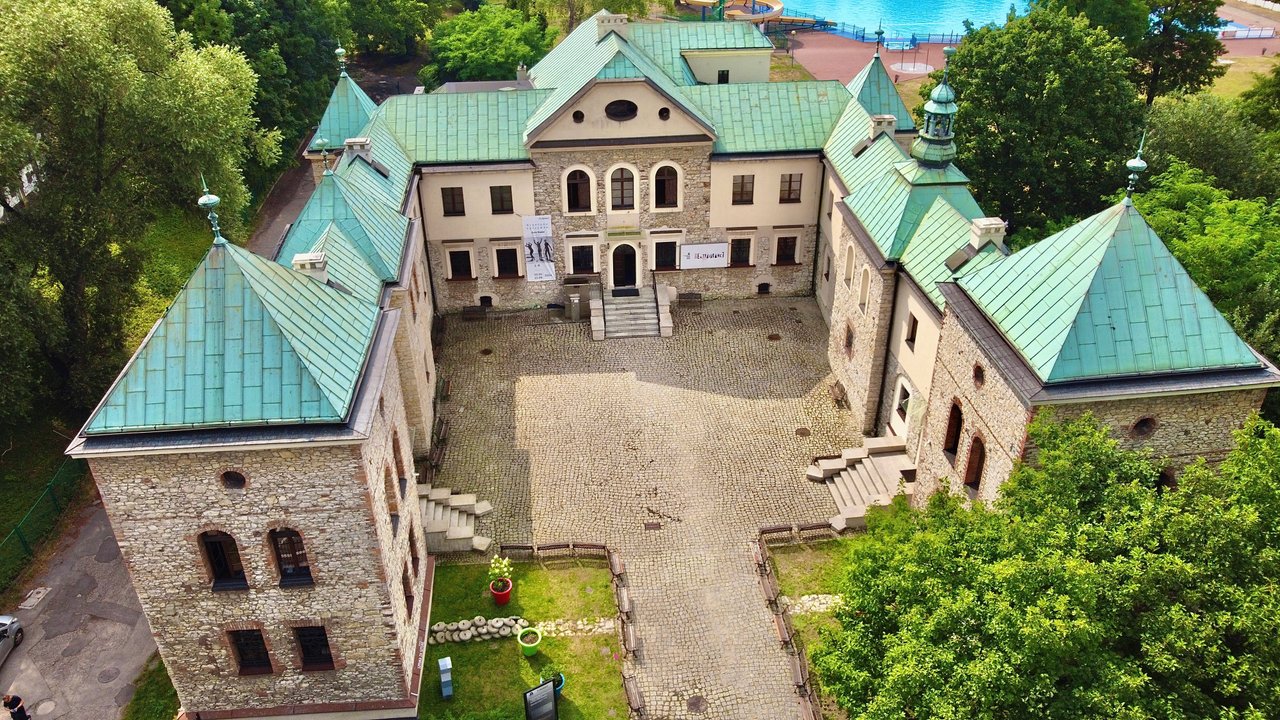

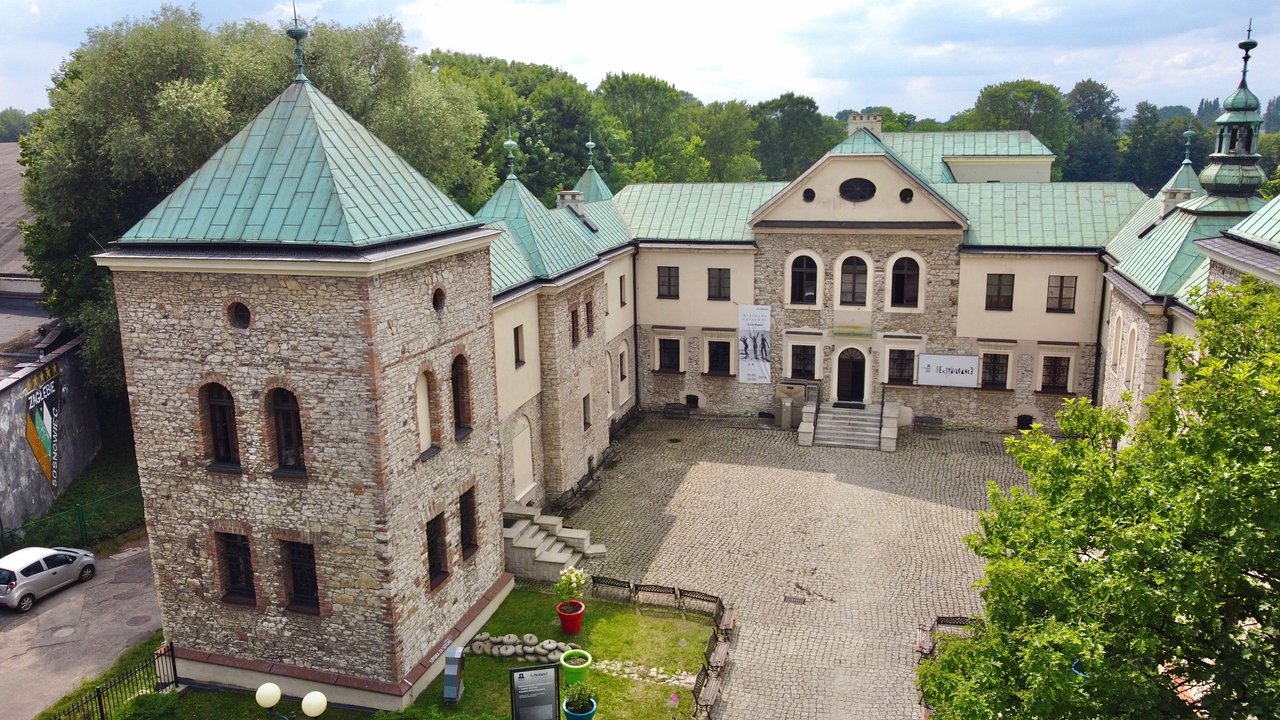
The Renards carried out significant transformations: they demolished the eastern wing and embellished the complex by adding an English-style landscaped park, a pond, decorative limestone walls, and a garden that became the "Szelec Park". This castle-palace became the headquarters of the mining company "Gwarectwo hr. Renarda" from 1884.
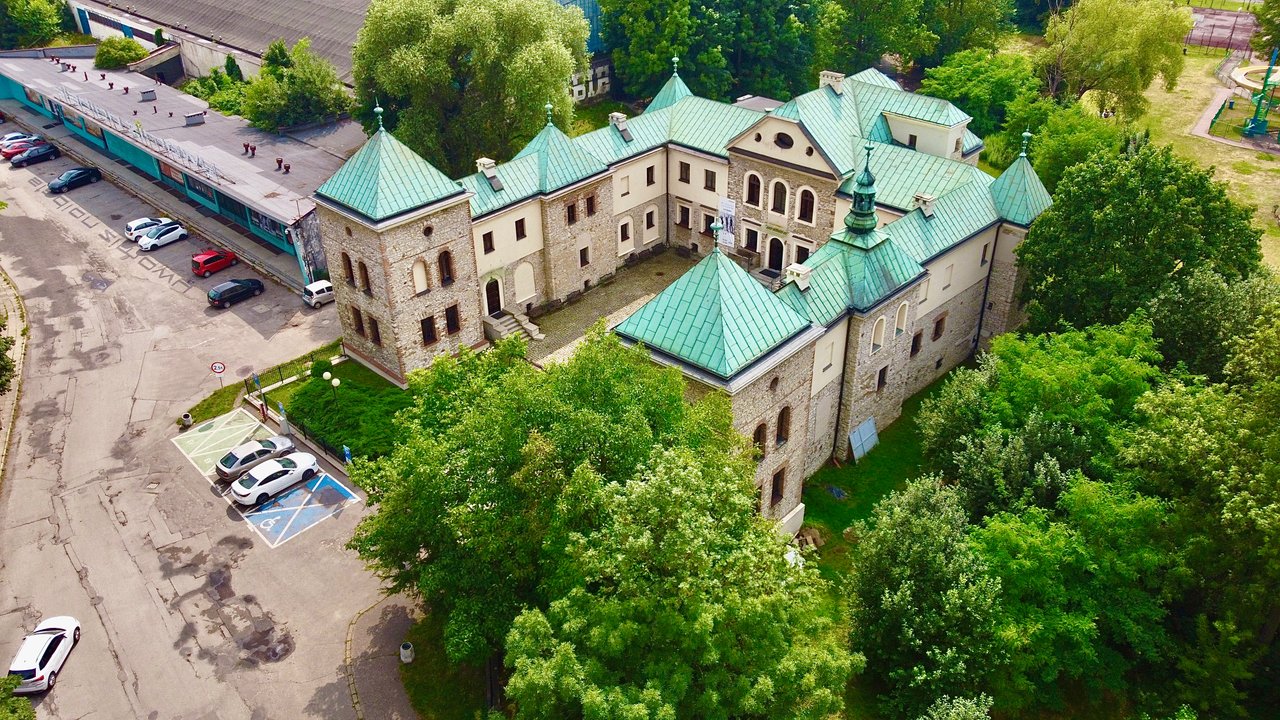
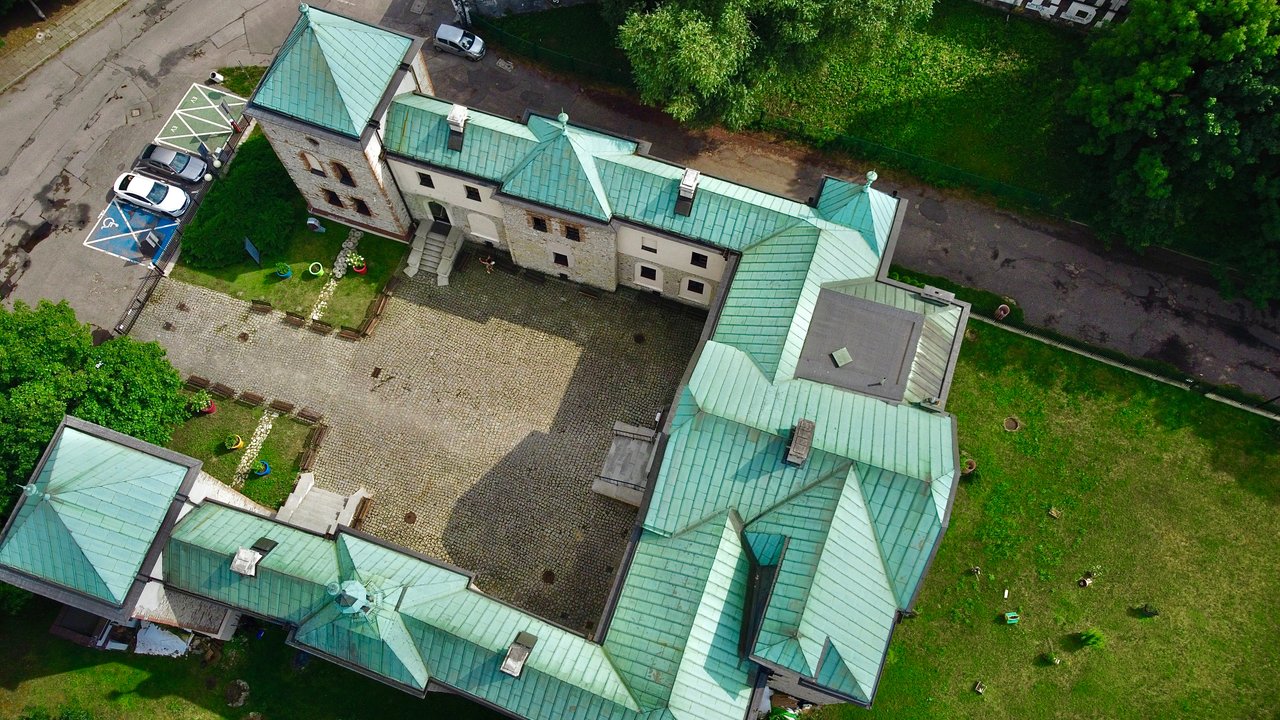
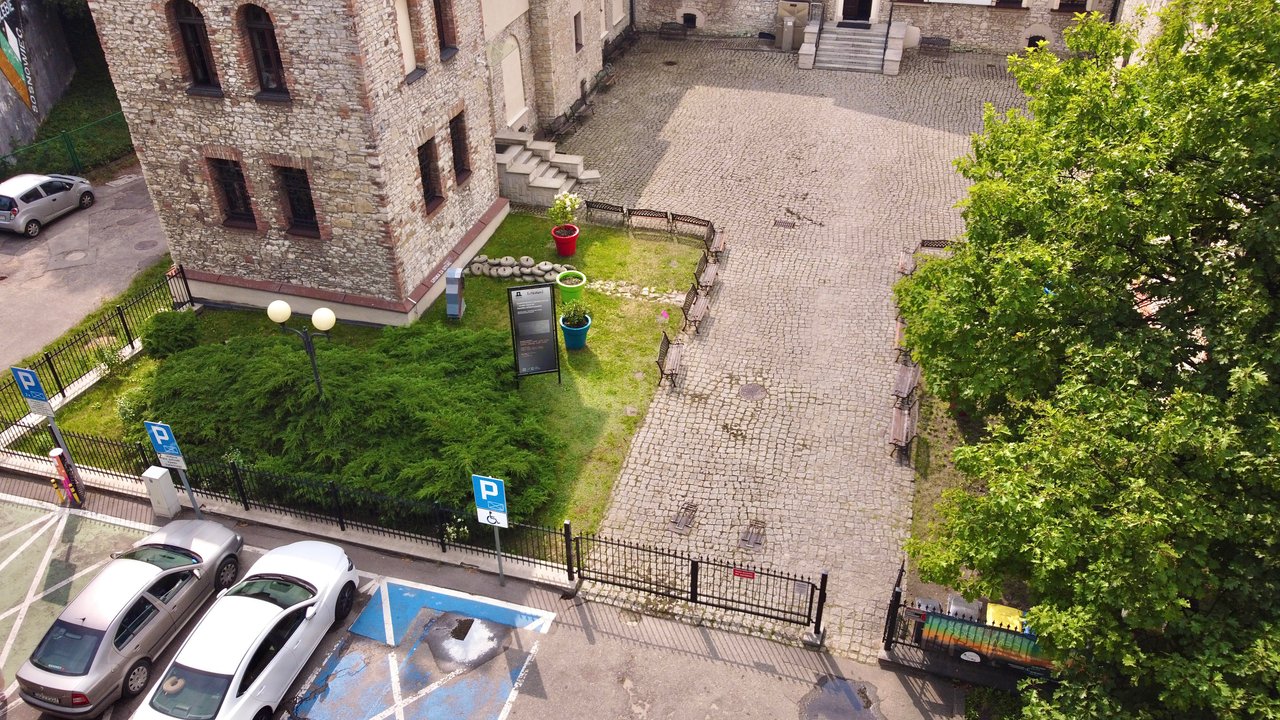
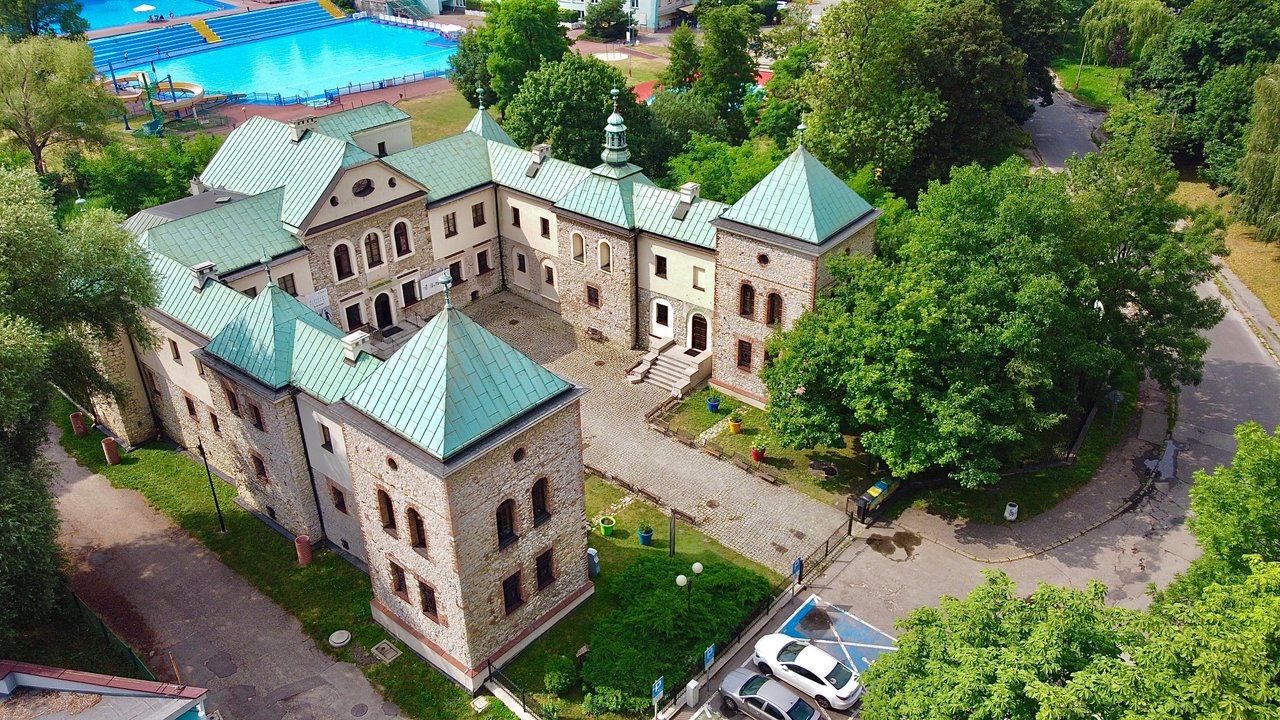
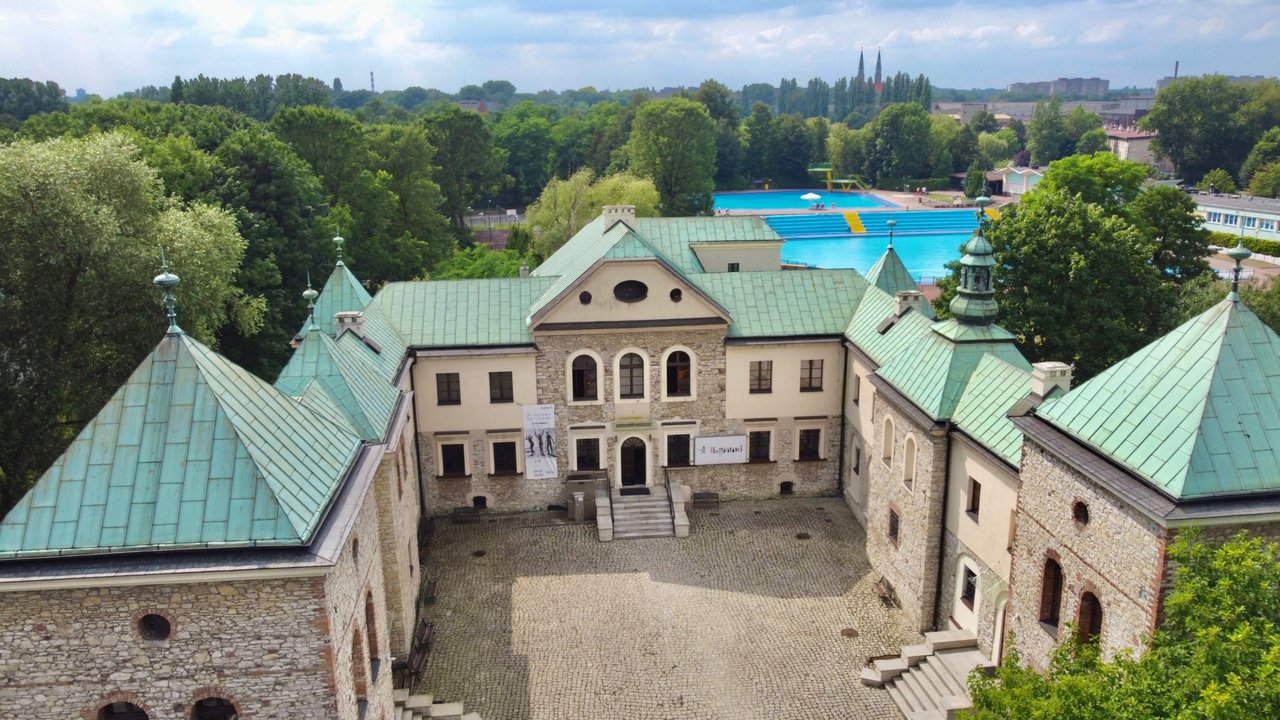
The five-field Renard coat of arms can still be seen in the large central hall.
After World War II, the castle was confiscated and used as administrative premises for the Sosnowiec mine, and later housed the local museum of the metallurgical world. From 1977 to 1980, it was used by Vitropol as the "Centralna Wzorcownia Skła" and the Museum of Modern Glass.
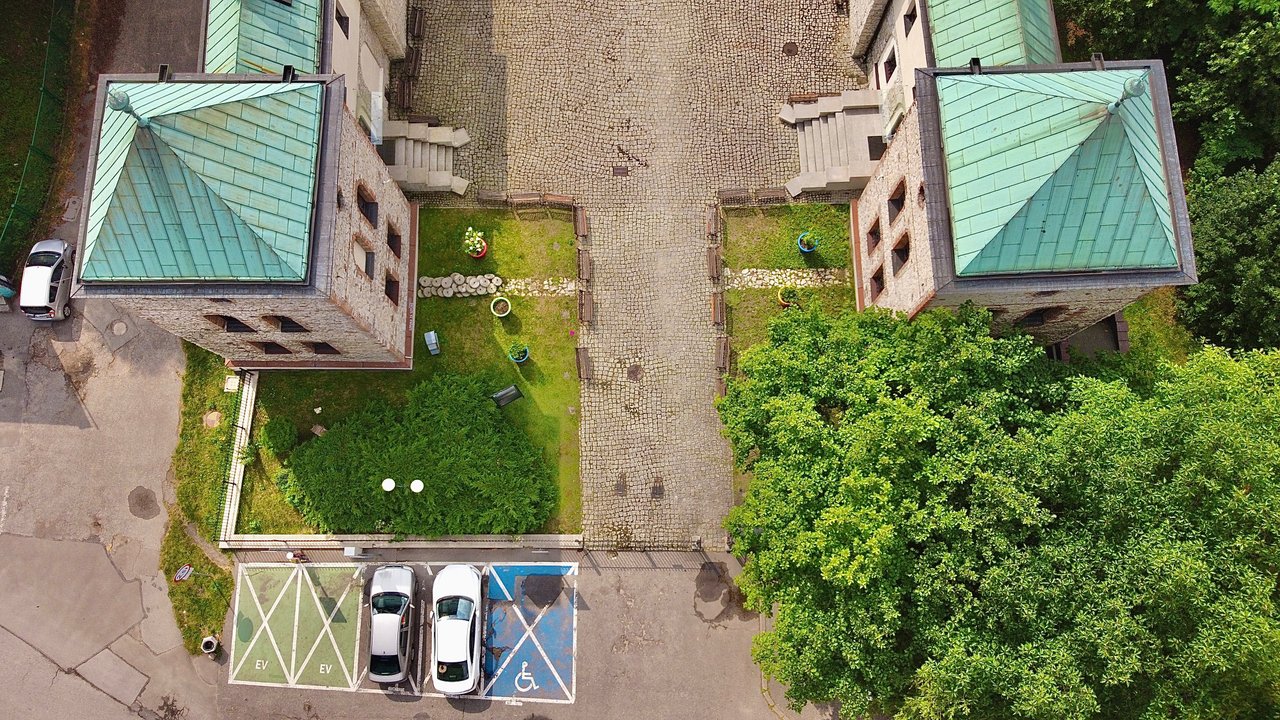
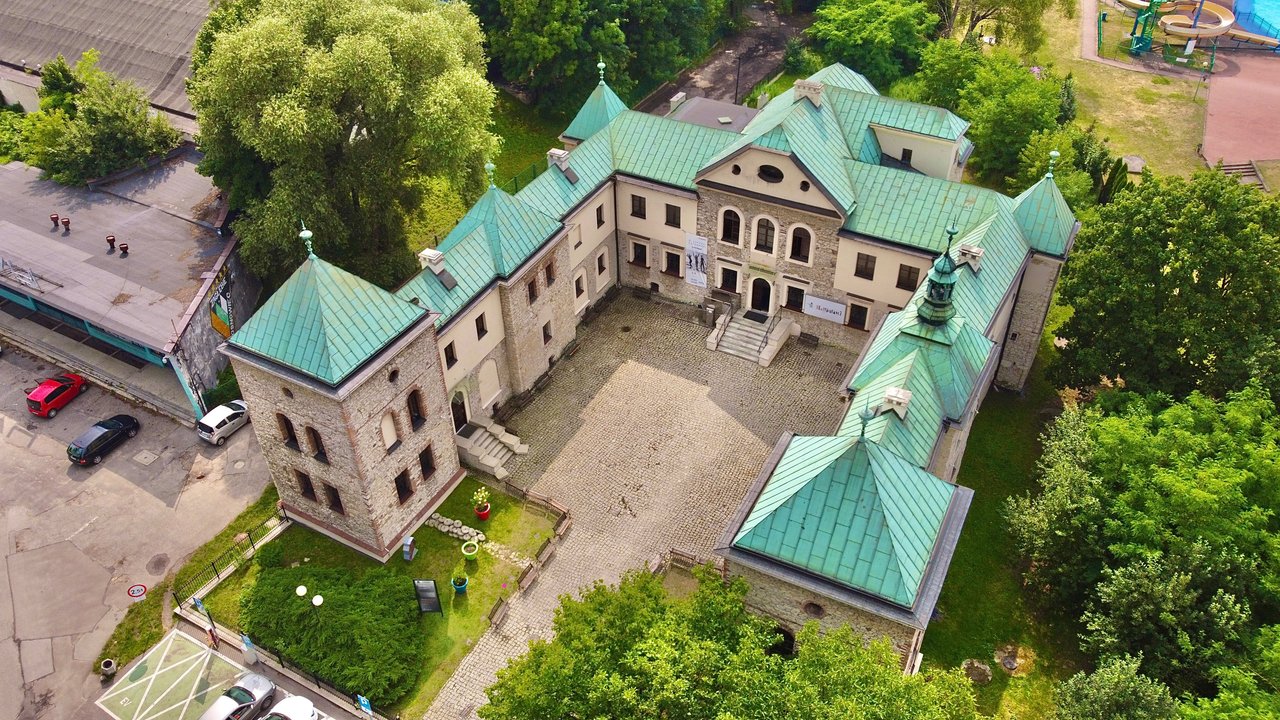
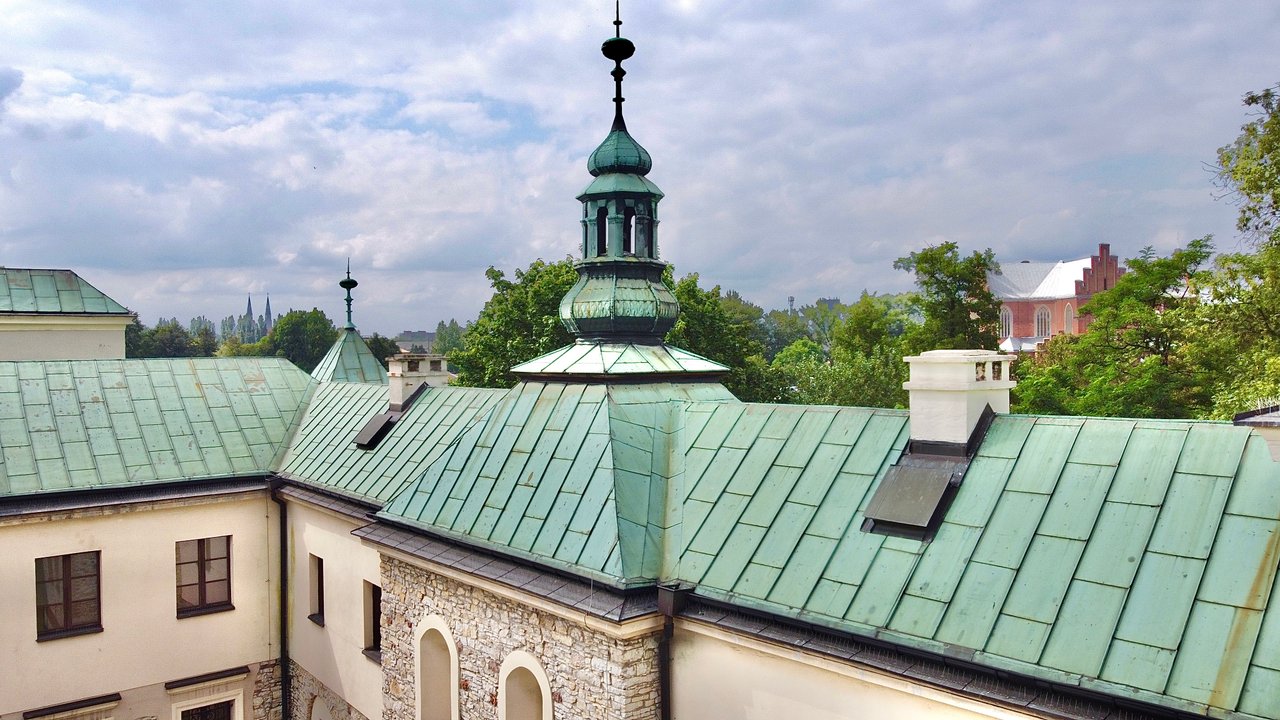
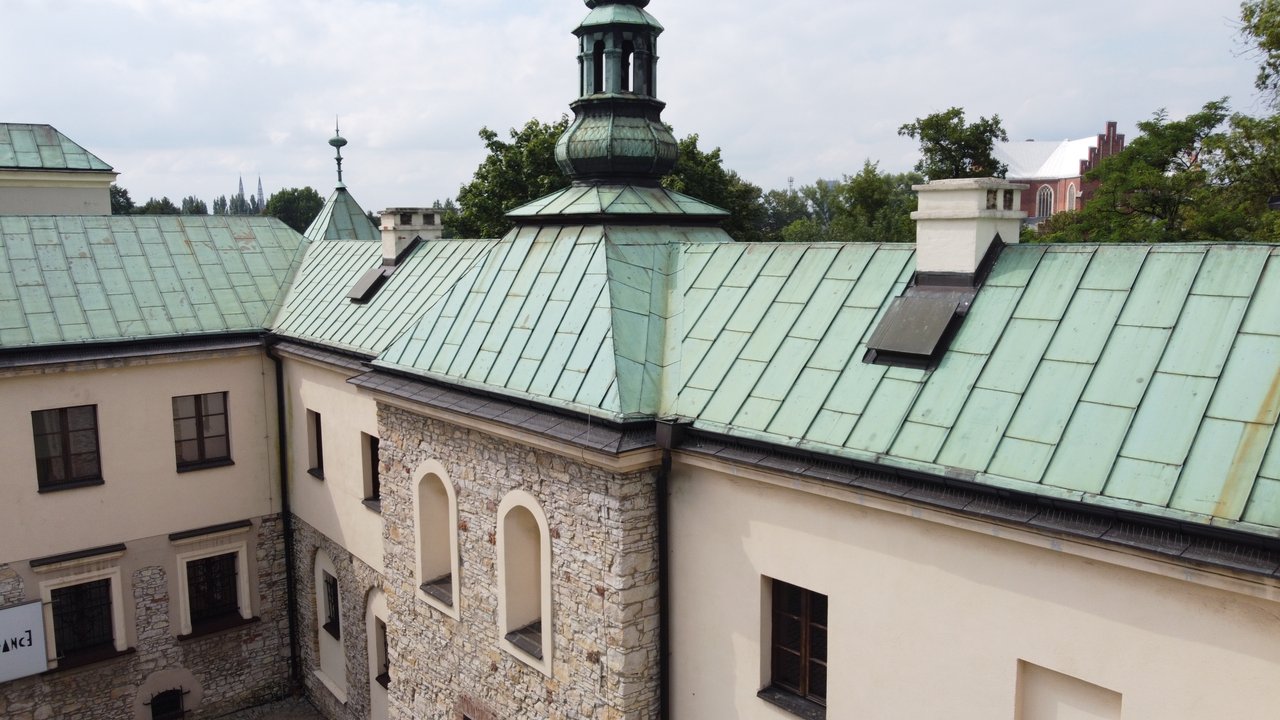
After extensive reconstruction, it housed the Civil Registry Office, a conference center, and a restaurant until 1995. Acquired by the city in 1994, the castle was restored from 1999 to 2002 to serve as the Sosnowiec Art Center - Sielecki Castle, a cultural center offering exhibitions, concerts, and artistic events.
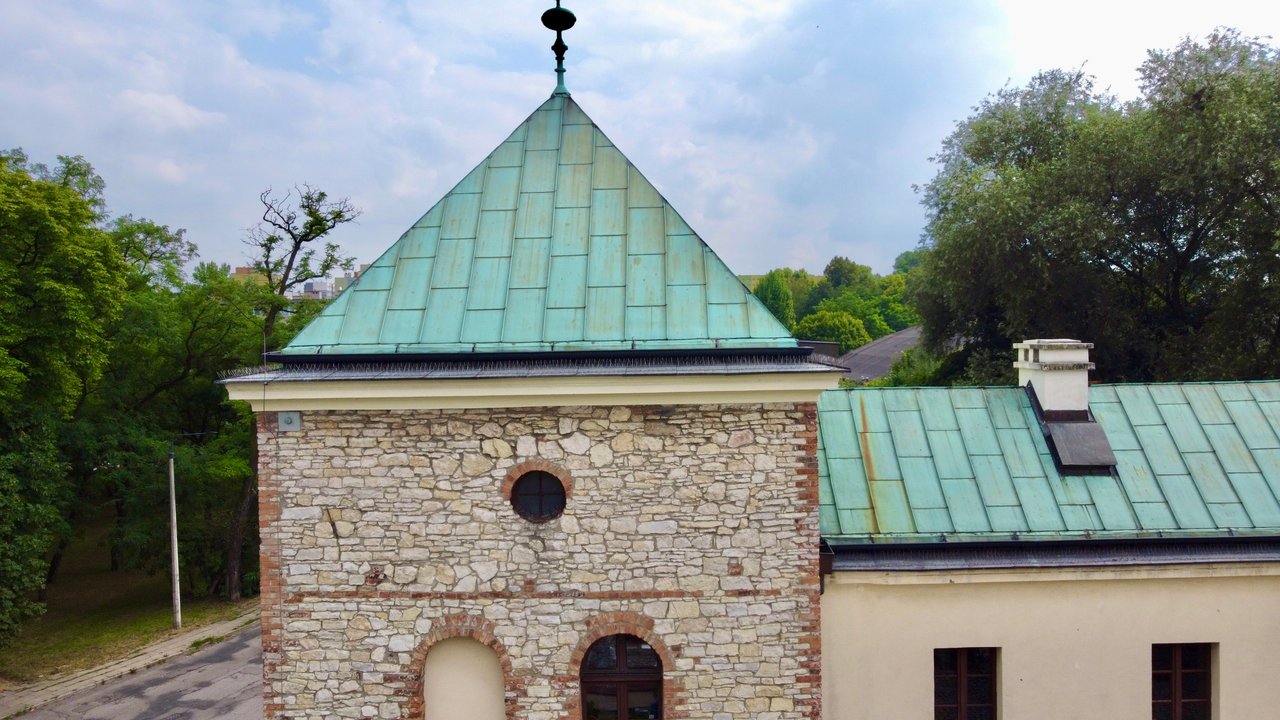
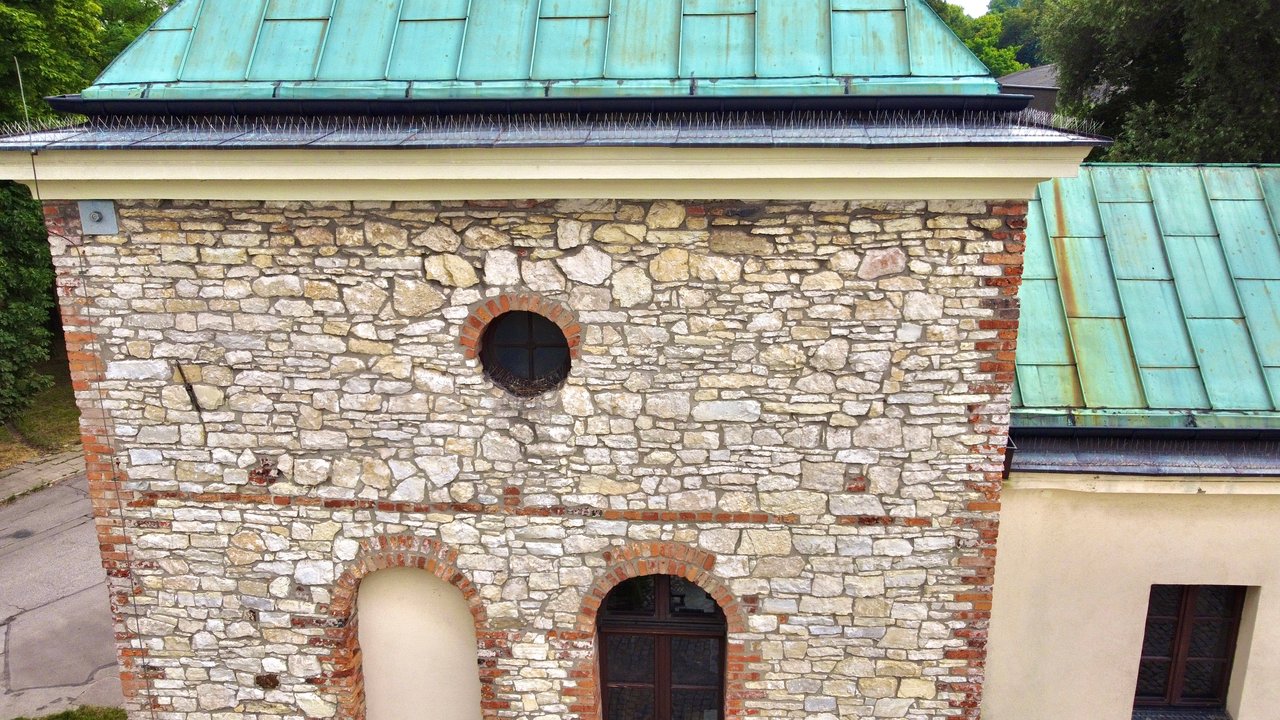
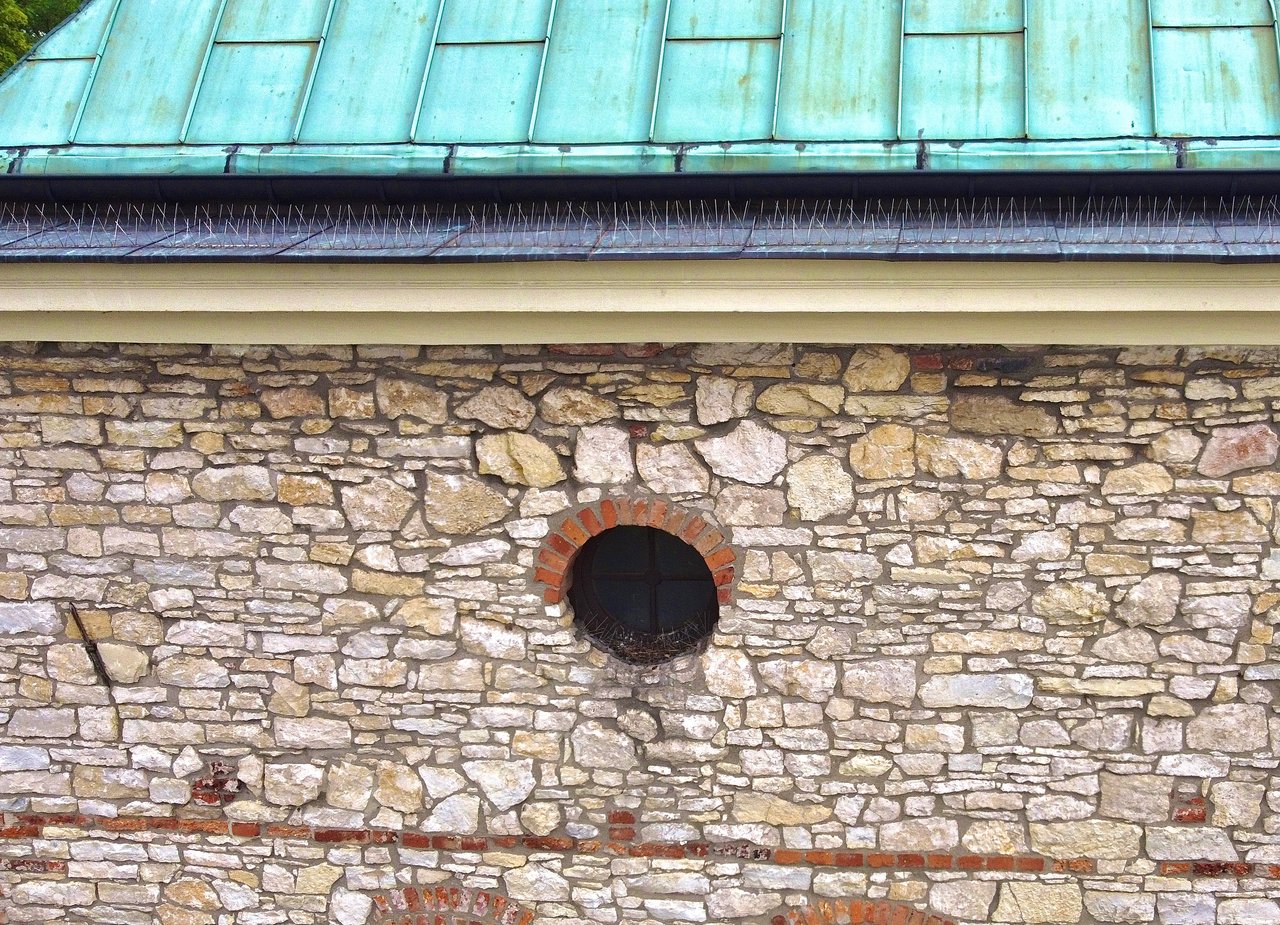
In 2015, additional work allowed the preservation of the polychrome of the north tower and the exposure of archaeological remains in the floor of the tower.
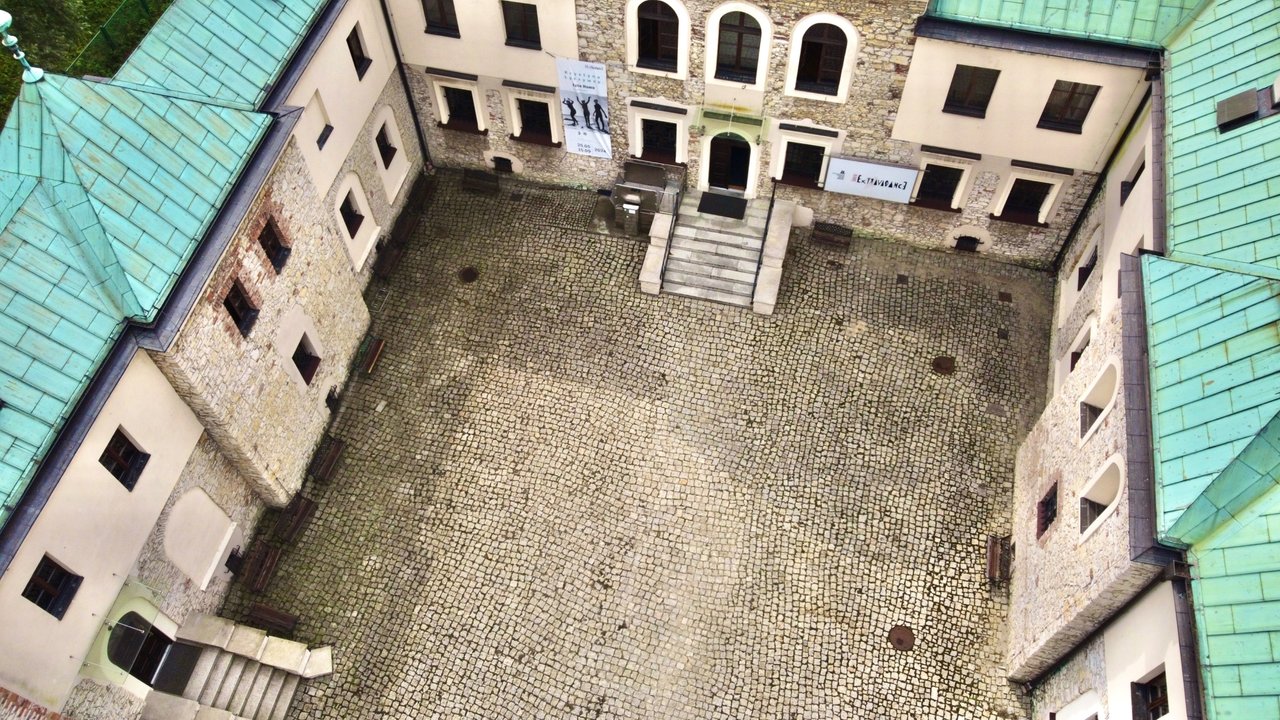
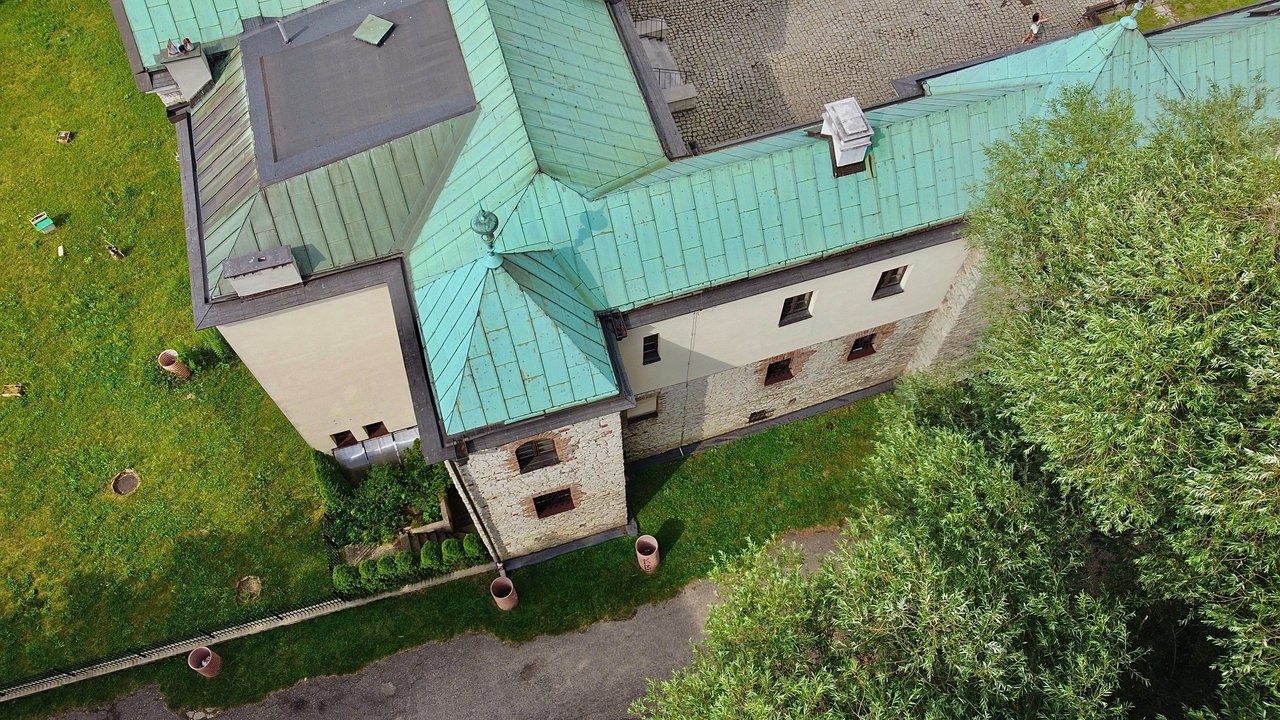
In 2021, the castle and park were re-listed on the Register of Monuments. Brick and limestone make up the restored castle walls, which are now horseshoe-shaped and open to the east.
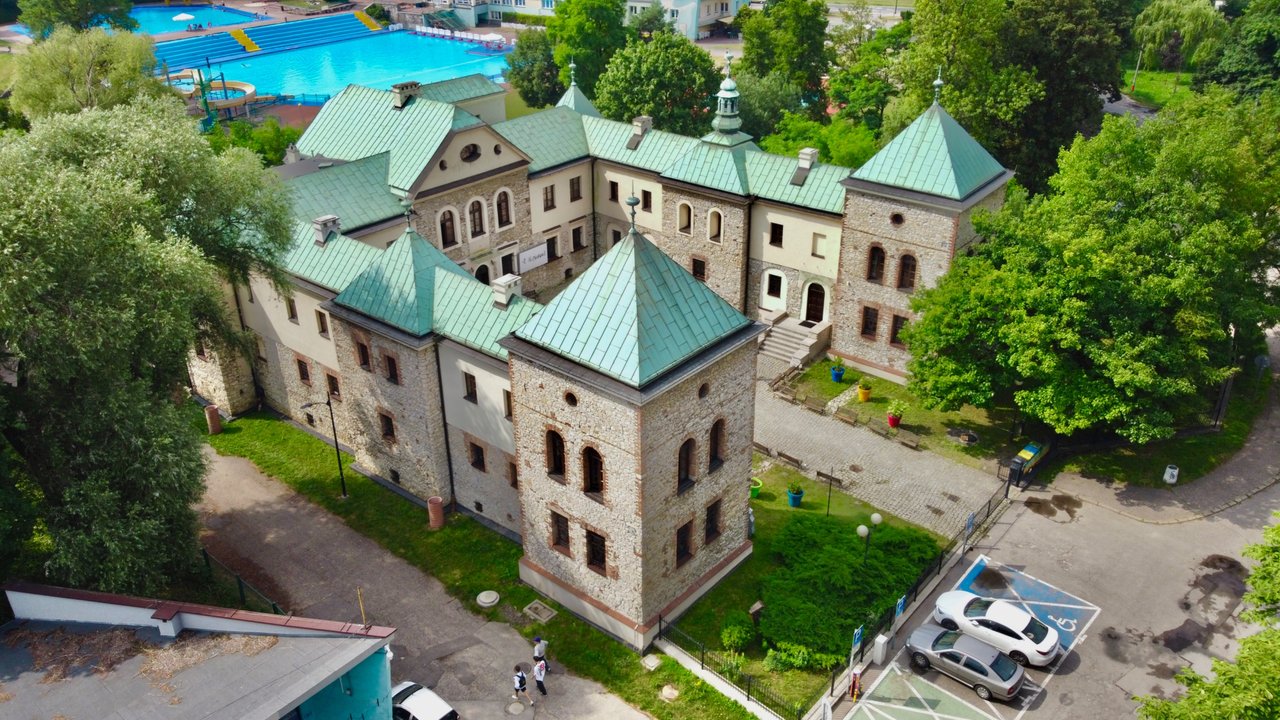
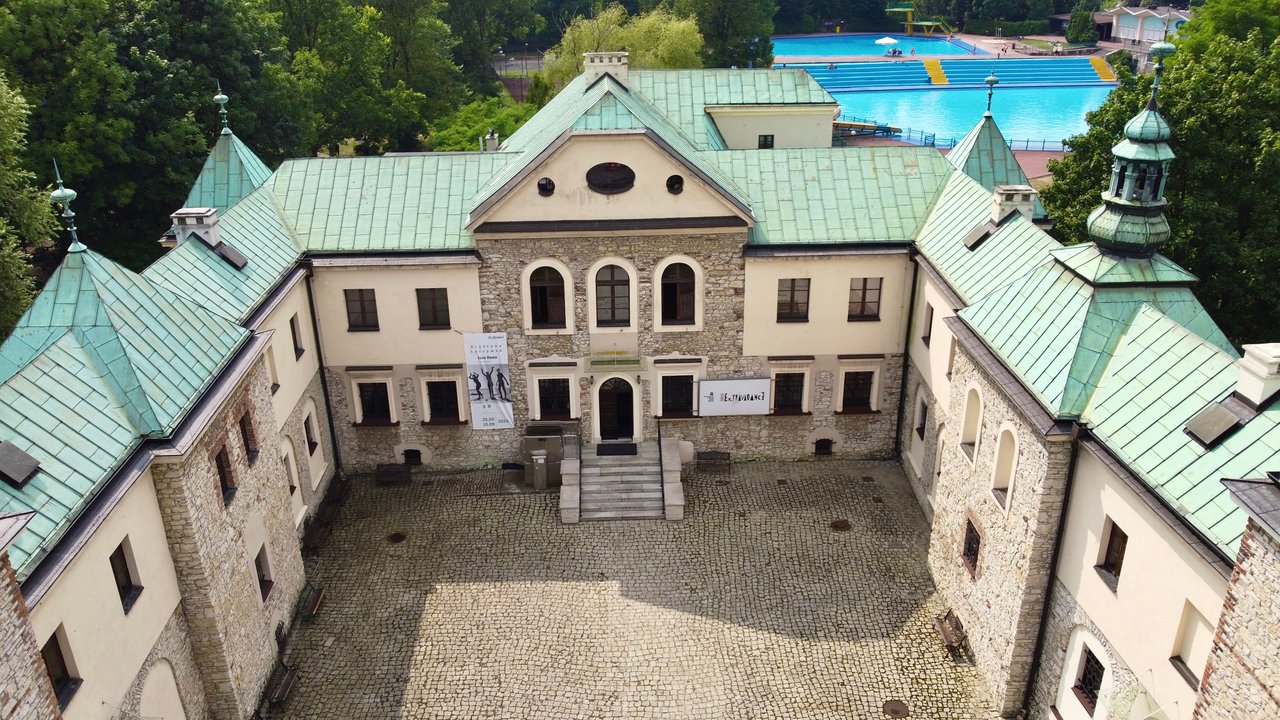
Three copper-roofed towers dominate the structure, while elements that retain a defensive spirit include battlements, embrasures and cornices.
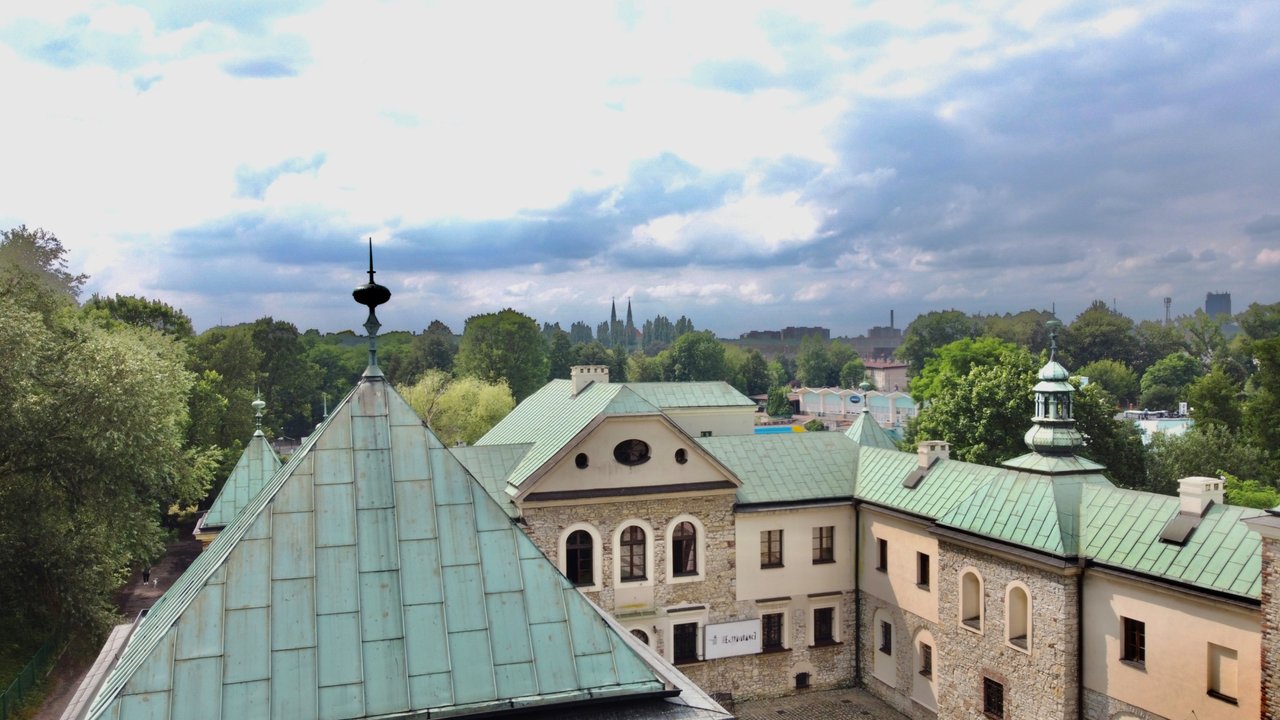
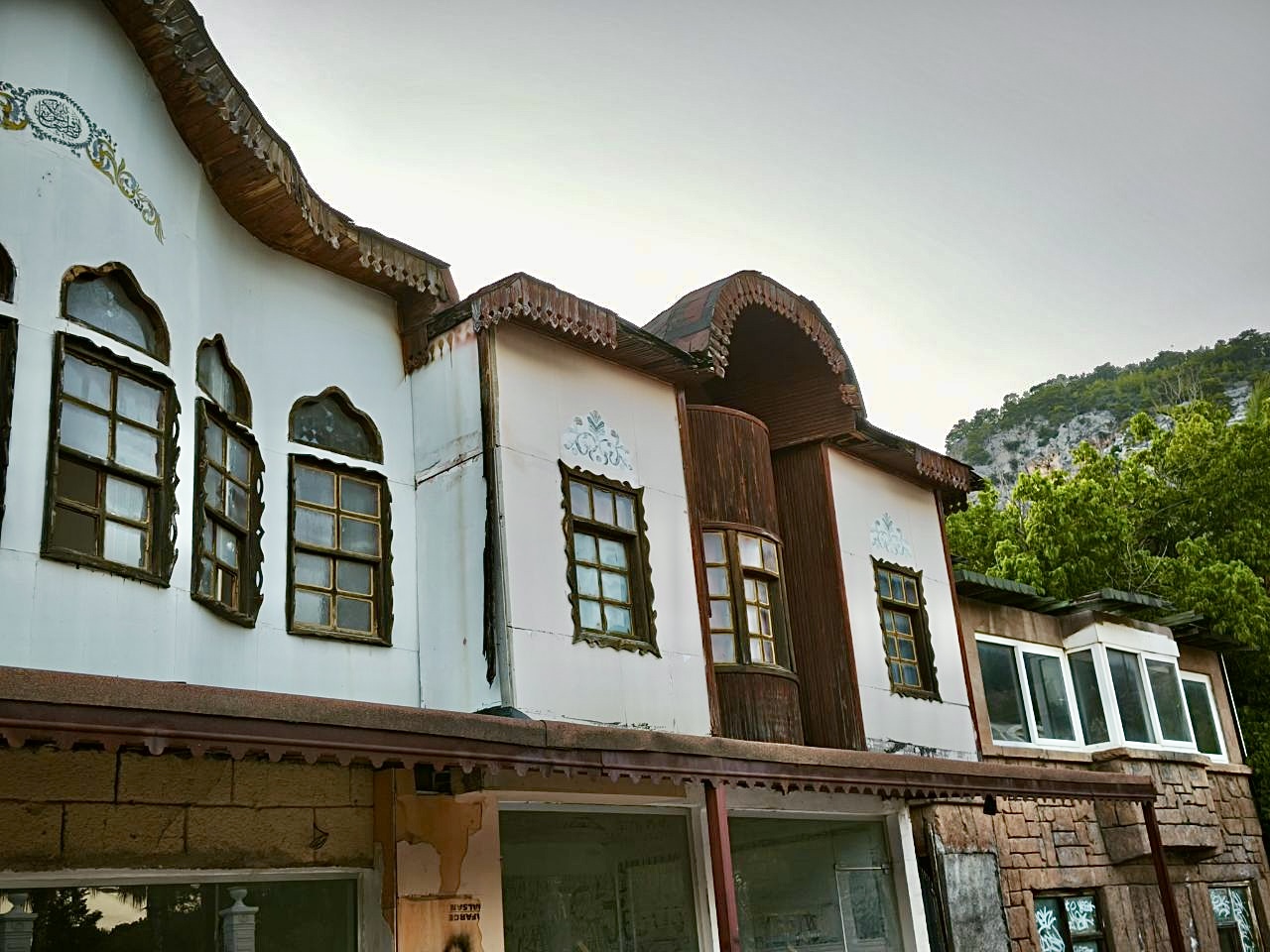
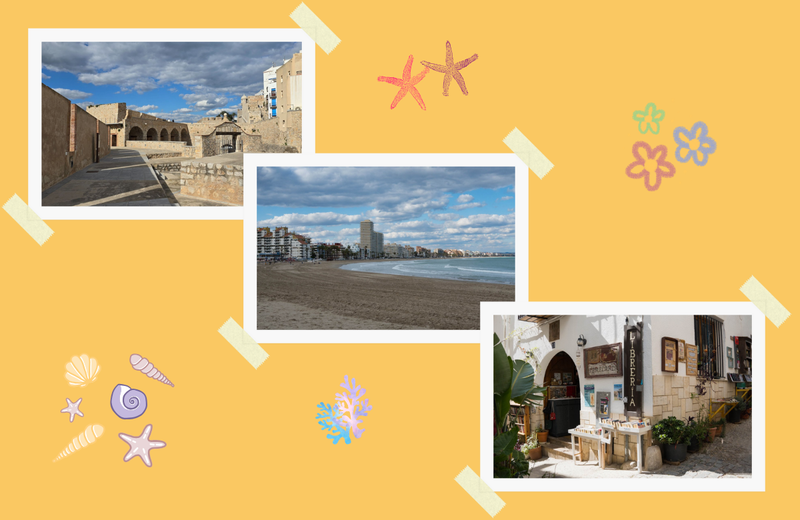

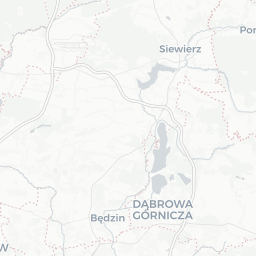
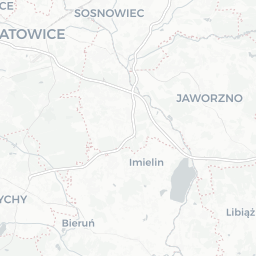
Comments